2012 | Generation
Of Growing Up
In 2012 Generation enters its 35th year and for the second time will have its very own festival venue – the Haus der Kulturen der Welt. Section head Maryanne Redpath and her co-director Florian Weghorn talk about the joy of young people discovering their sexuality, cultures that have nearly been destroyed and the complexity of a happy ending.
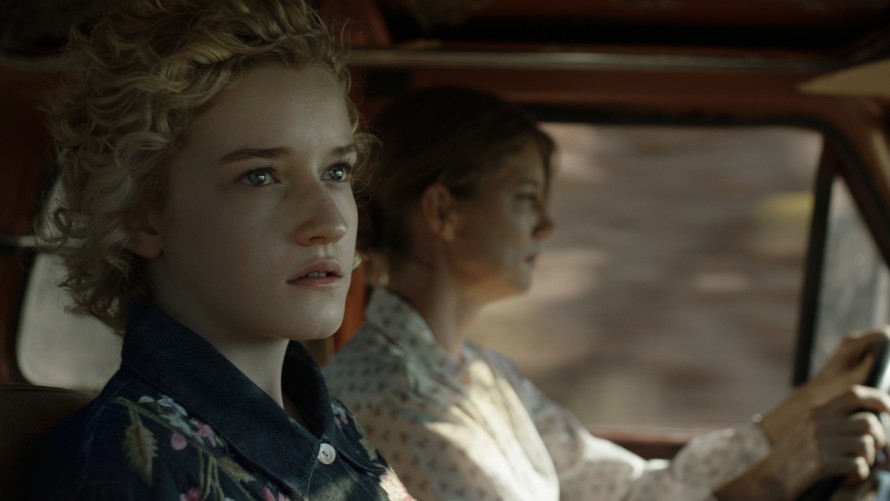
Film stills from the Generation programme 2012
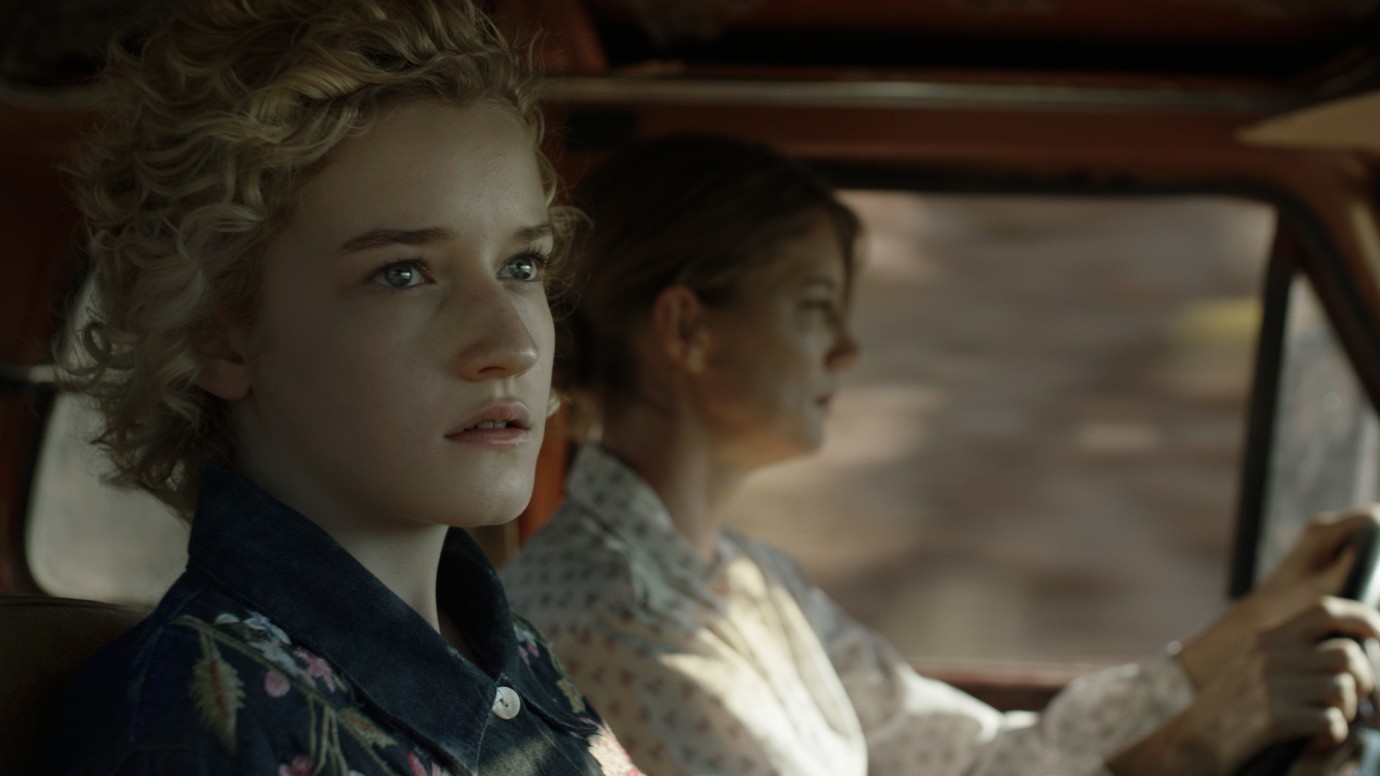
Julia Garner, Cynthia Watros
Electrick Children by Rebecca Thomas
USA 2012, Generation
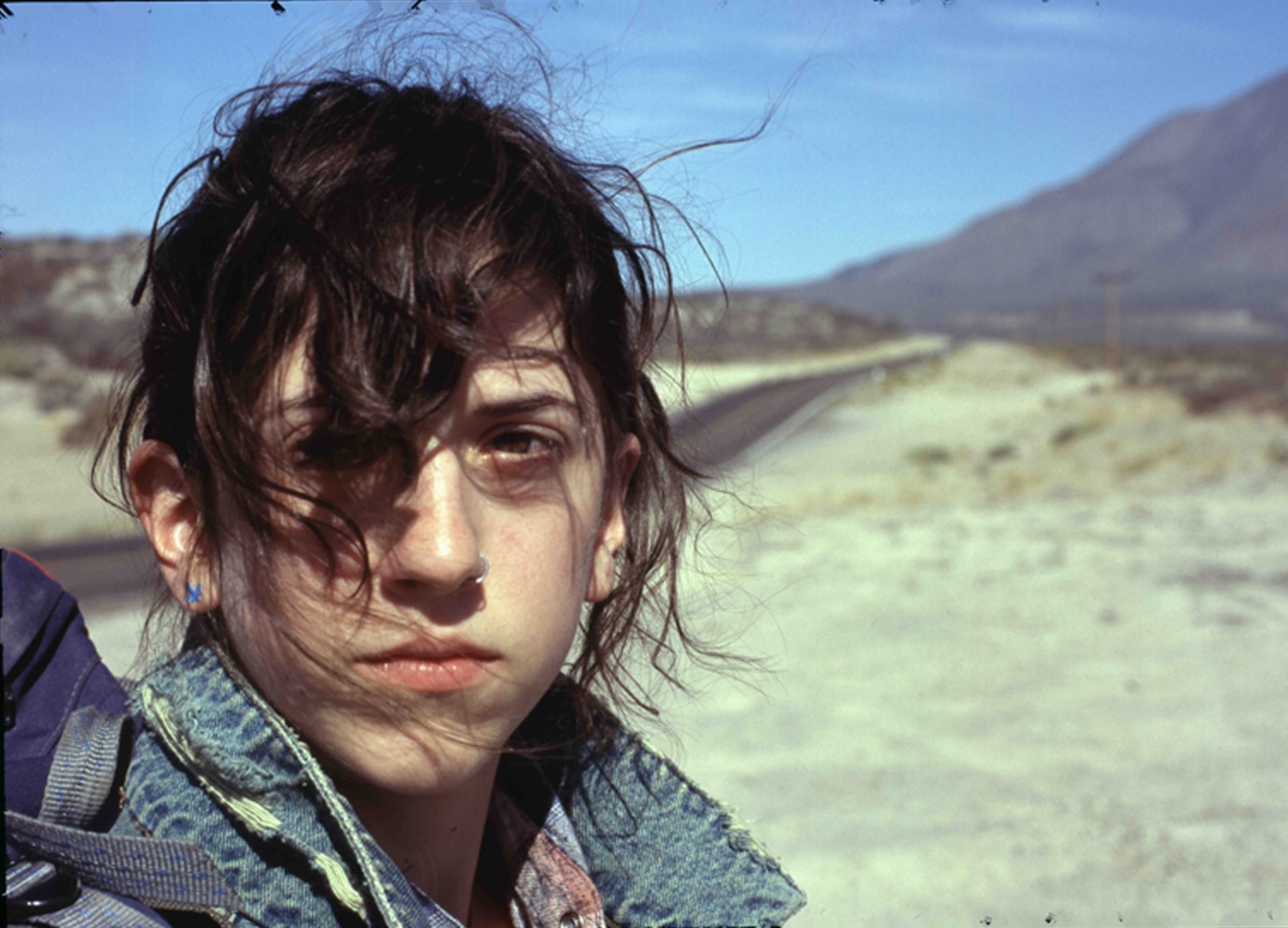
Lucia Uribe
Un Mundo Secreto | A Secret World by Gabriel Mariño
MEX 2011, Generation
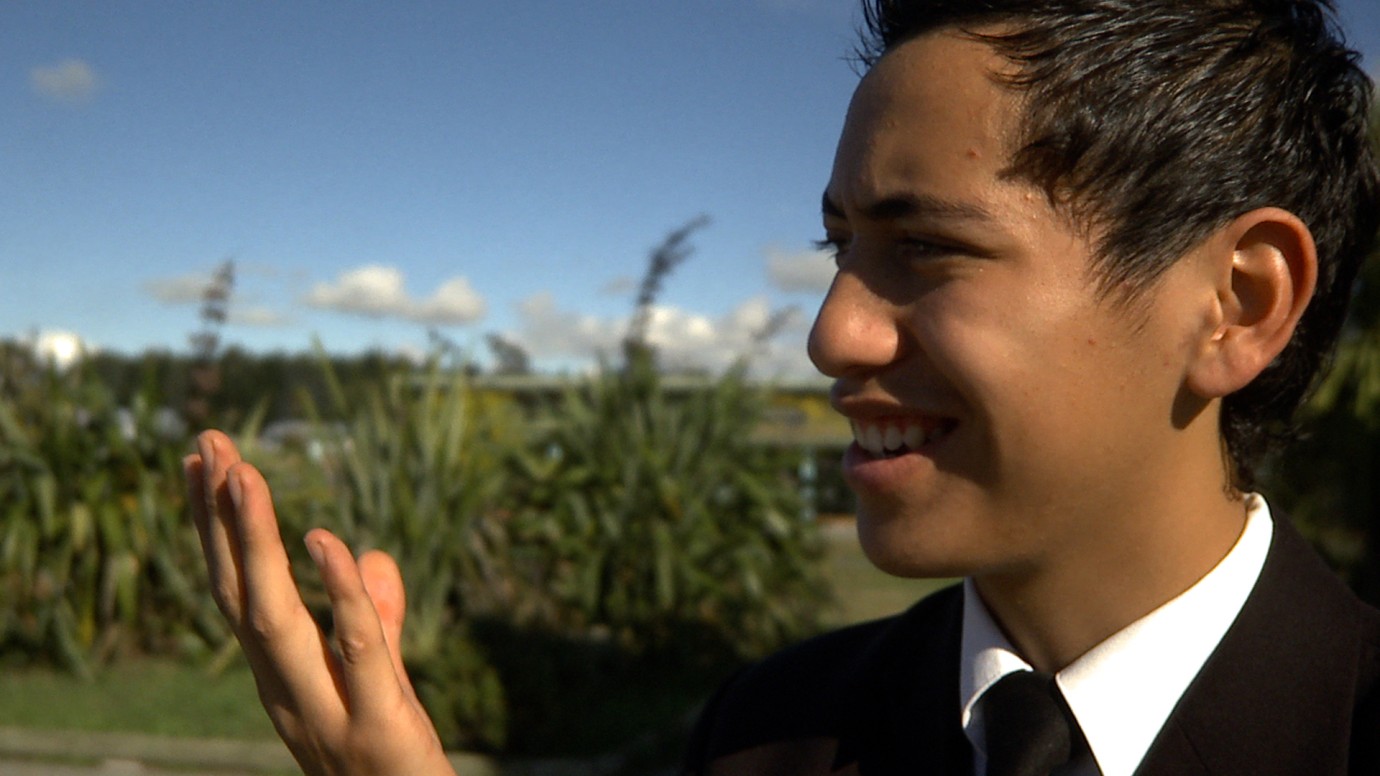
Ngaa Rauuira Pumanawawhiti
Maori Boy Genius by Pietra Brettkelly
NZL 2011, Generation
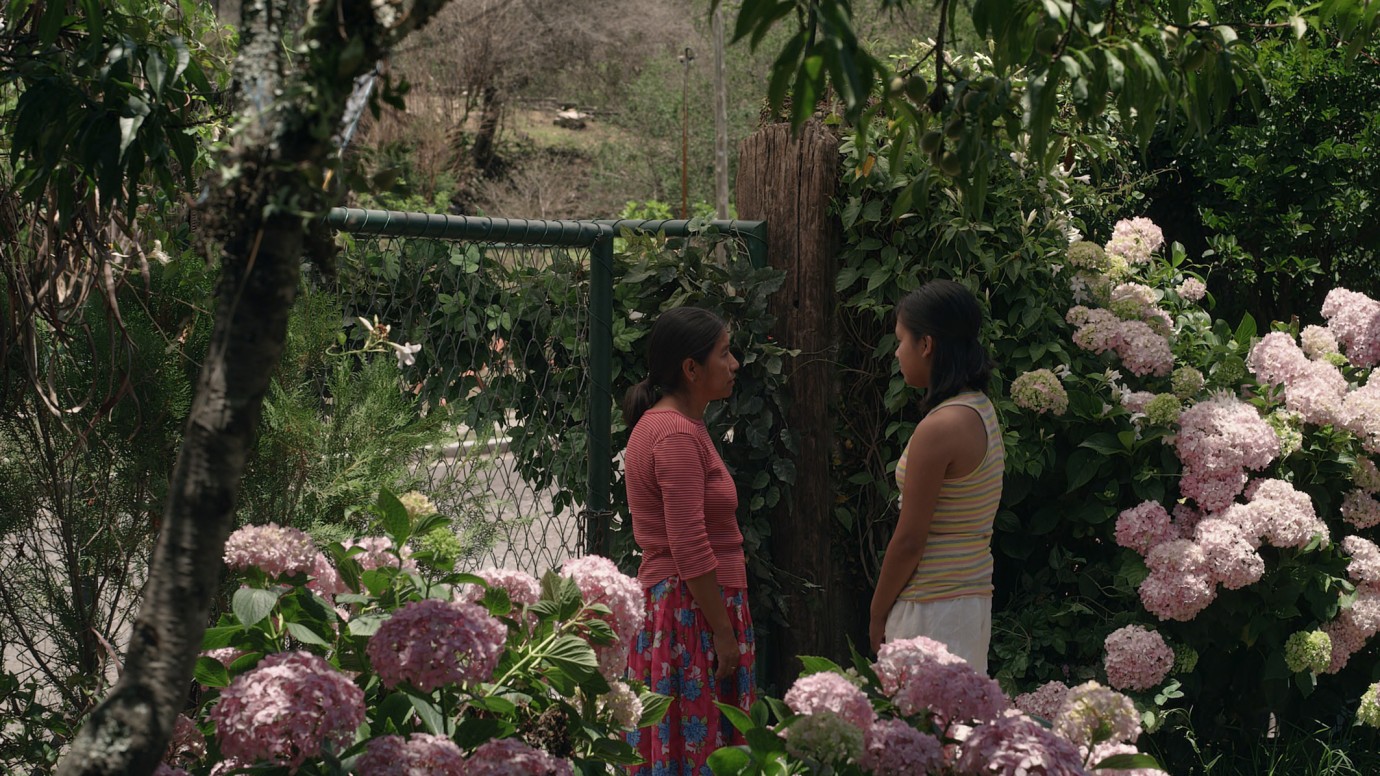
Rosmeri Segundo, Guillermina Martinez
Nosilatiaj. La Belleza | Beauty | Schönheit by Daniela Seggiaro
ARG 2011, Generation
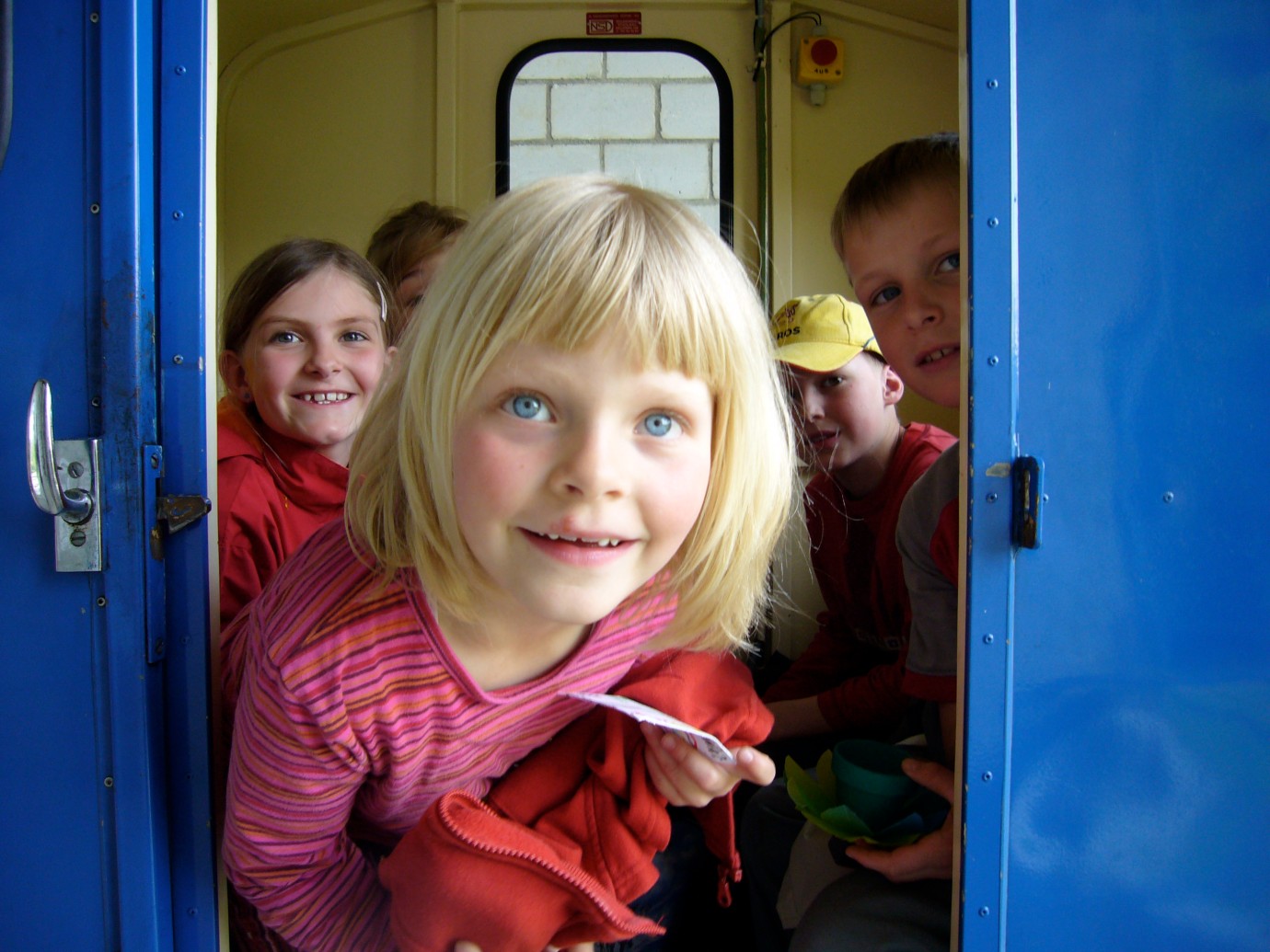
Die Kinder vom Napf | The Children from the Napf by Alice Schmid
CHE 2011, Generation

Alicia Rodríguez, Felipe Pinto
Joven & Alocada | Young & Wild by Marialy Rivas
CHL 2011, Generation
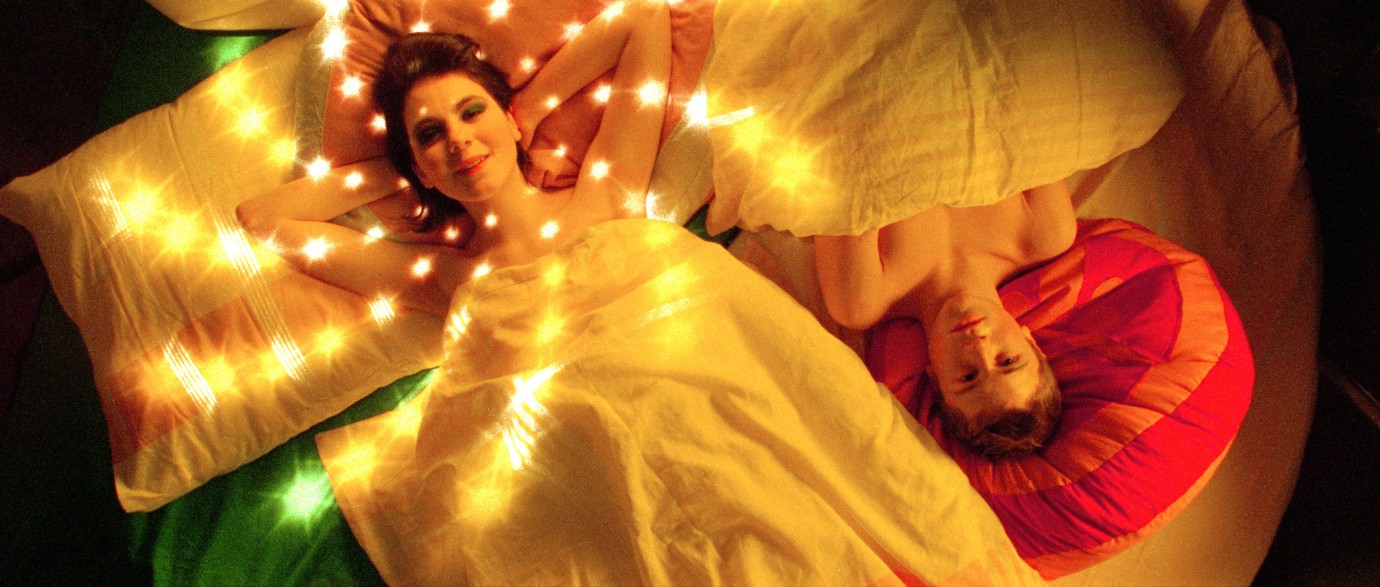
Victoria Carmen Sonne, Gustav Hintze
Magi I Luften | Love Is In The Air by Simon Staho
DNK/SWE 2011, Generation
© Sebastian Winterø
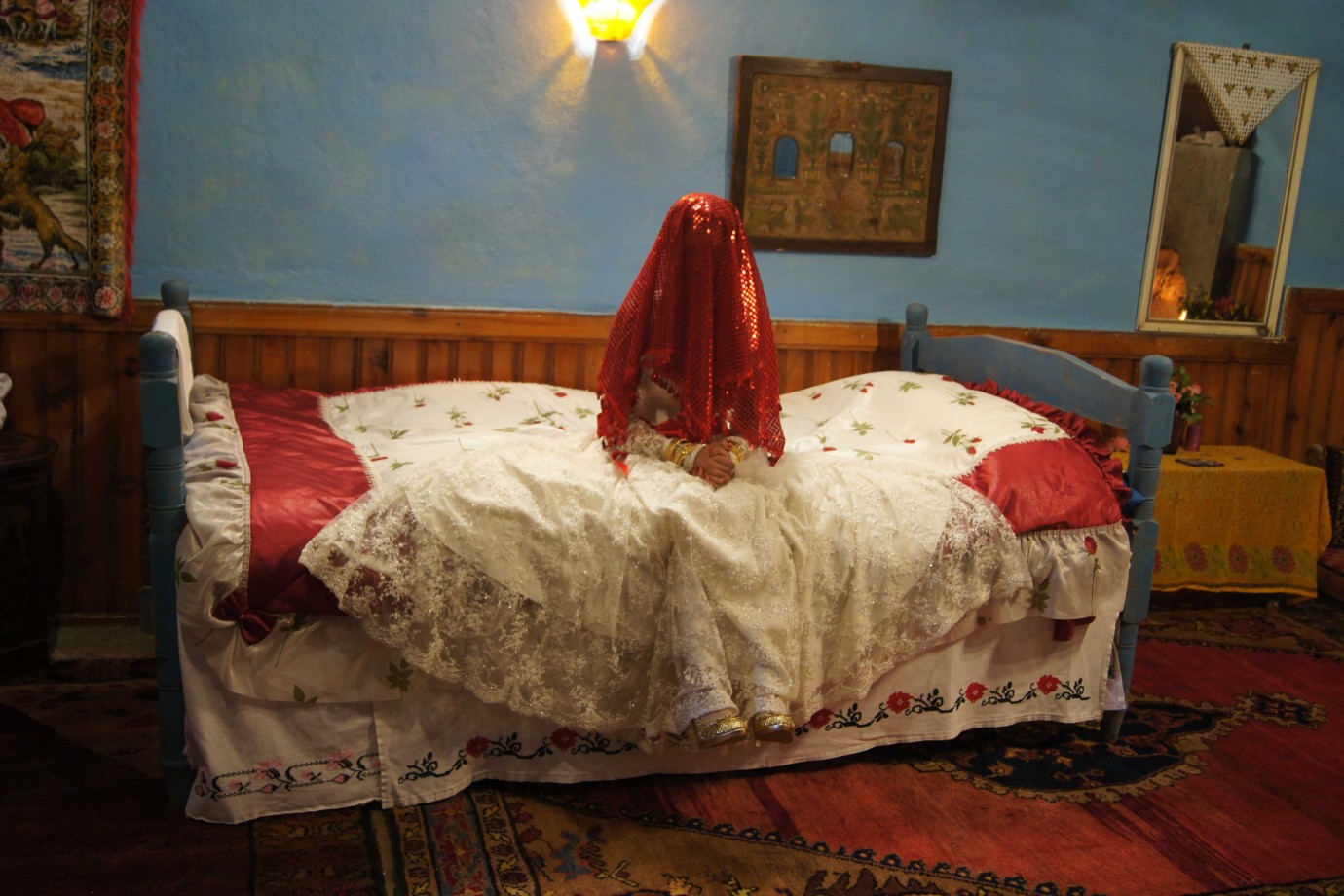
Dilan Aksüt
Lal Gece | Night of Silence | Stumme Nacht by Reis Çelik
TUR 2012, Generation

Pacha by Héctor Ferreiro
BOL/MEX 2011, Generation
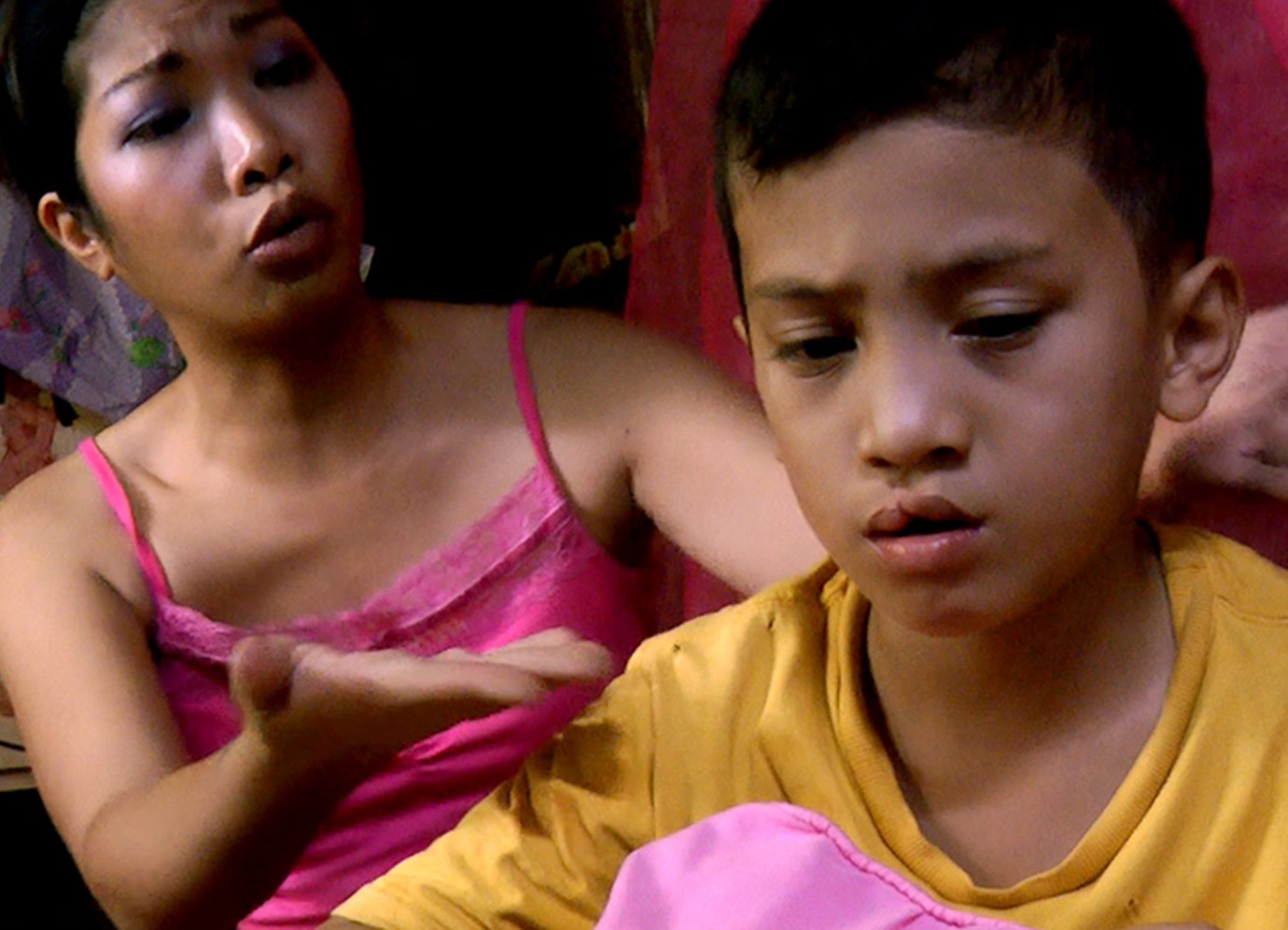
Ian Galliguez, Axle Aeiou Samson
Nono by Rommel Tolentino
PHL 2011, Generation
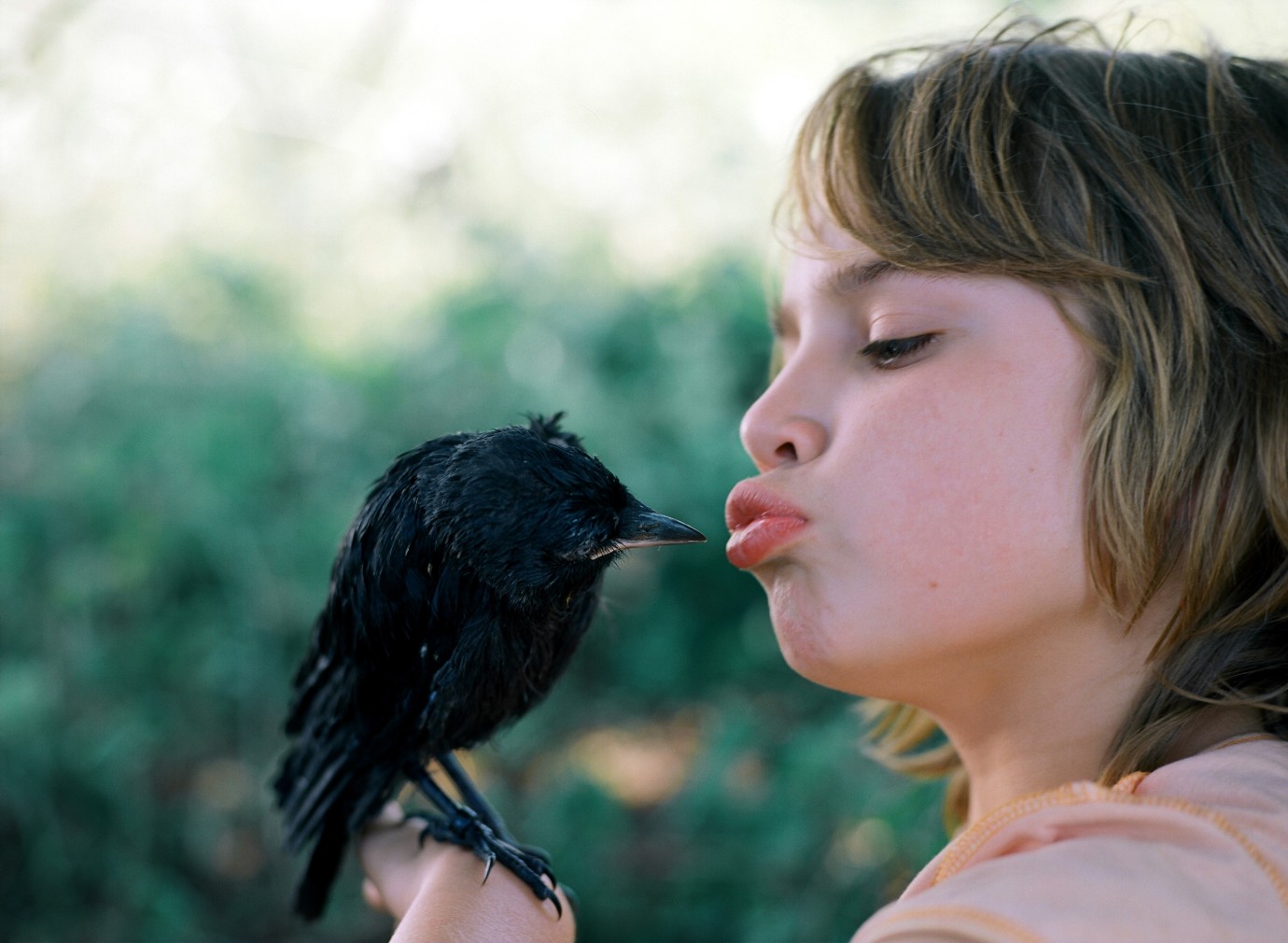
Rick Lens
Kauwboy by Boudewijn Koole
NLD 2012, Generation
© Daniël Bouquet
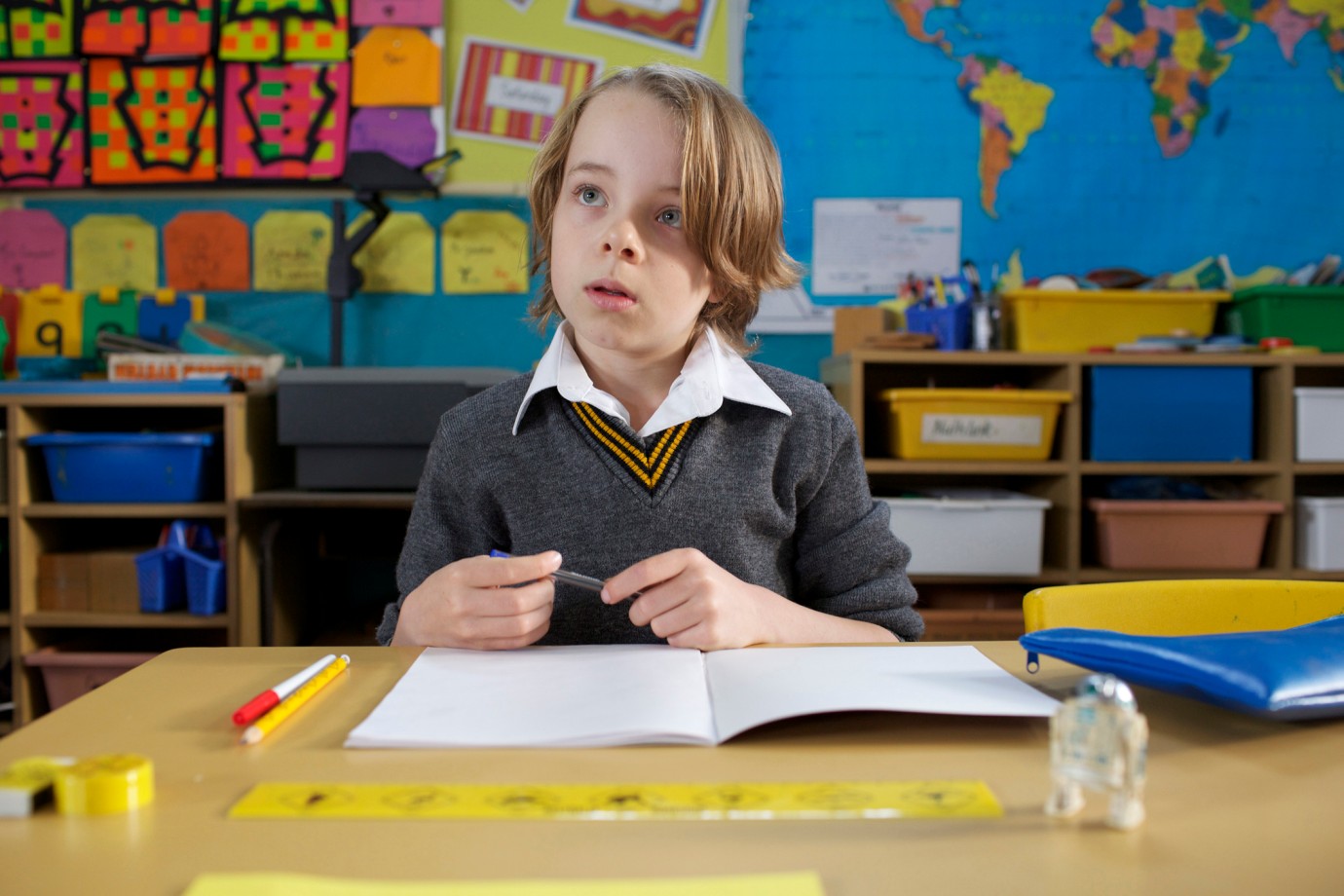
Ed Oxenbould
Julian by Matthew Moore
AUS 2011, Generation
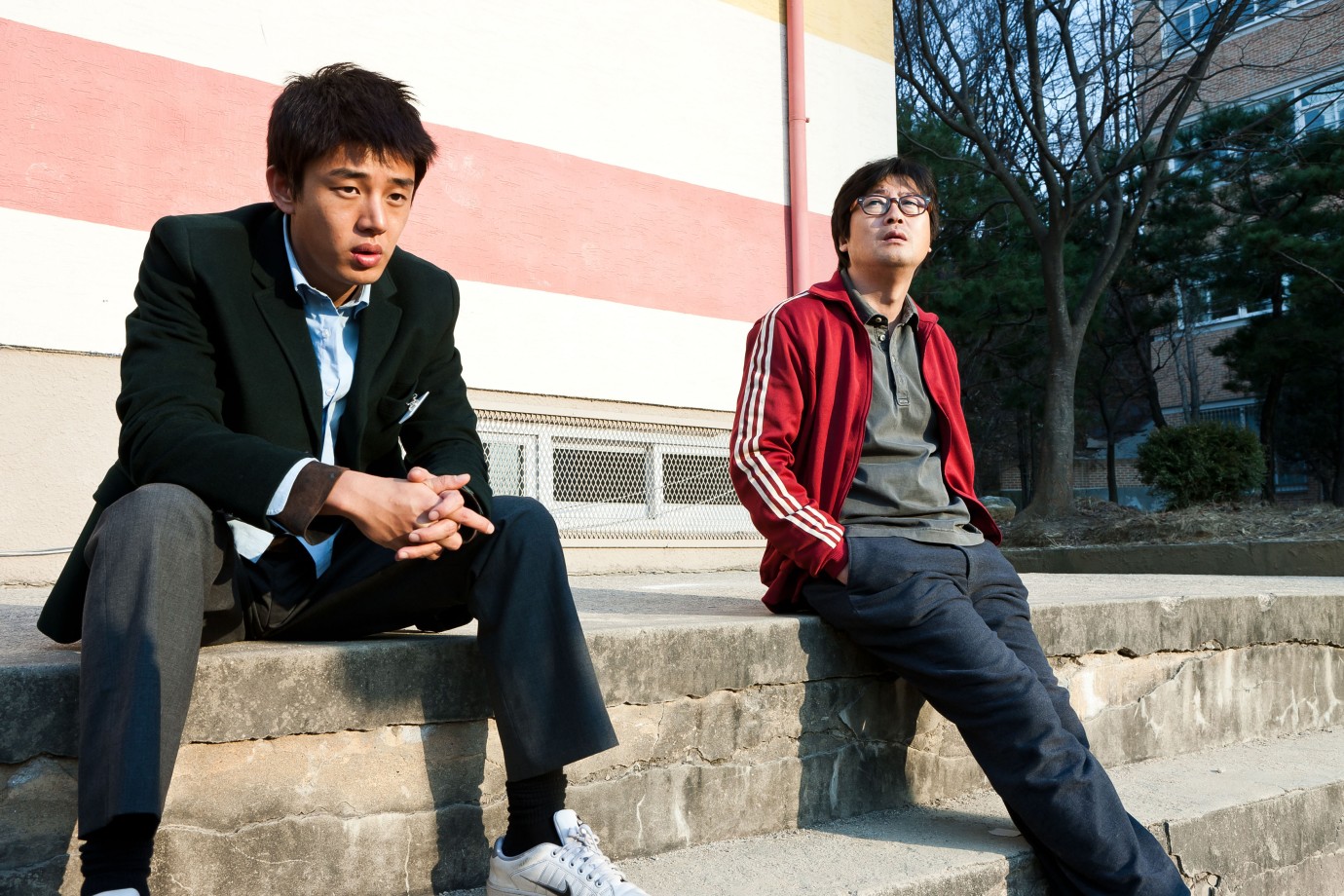
Yun-seok Kim, Aine Yu
Wandeukyi | Punch by Han Lee
KOR 2011, Generation
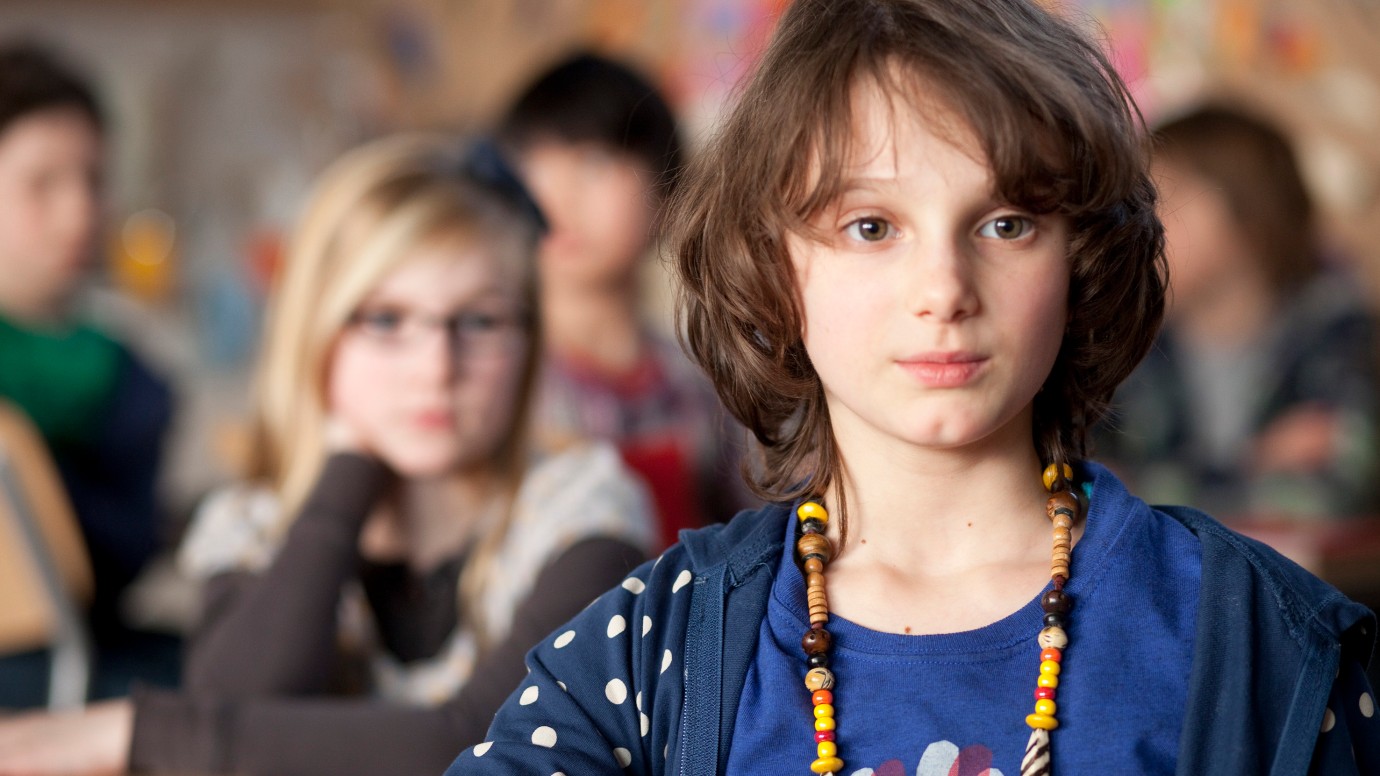
Pippa Allen
Patatje Oorlog | Taking Chances by Nicole van Kilsdonk
NLD 2011, Generation
© Victor Arnolds
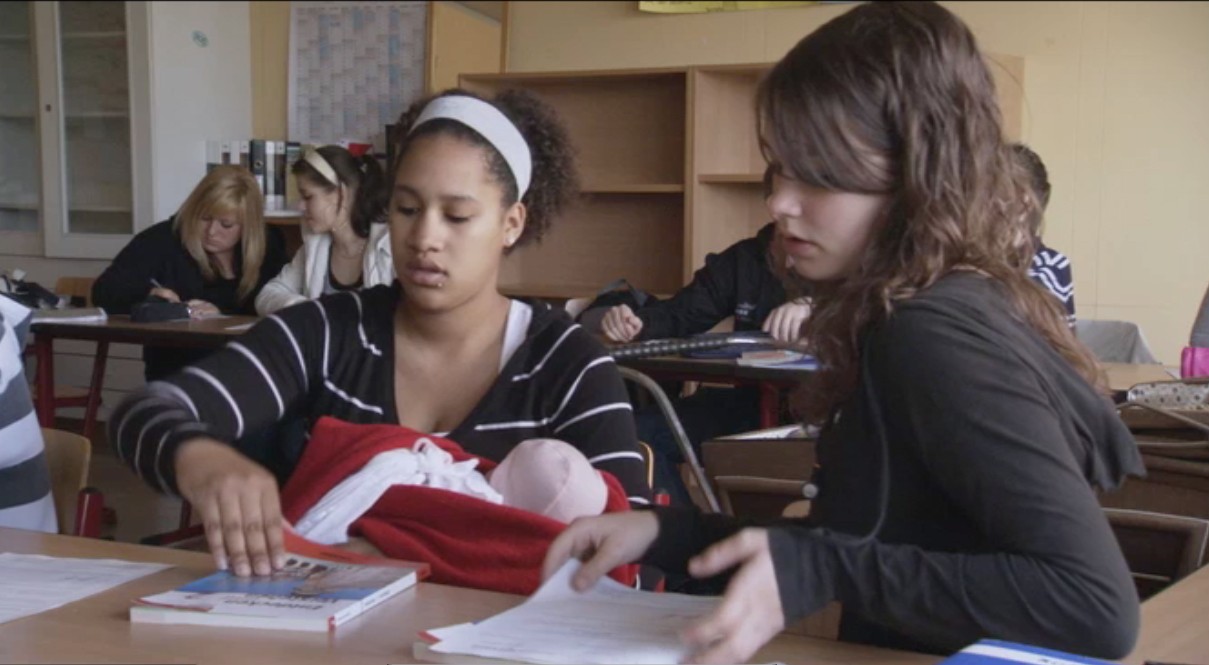
Lisa mit Baby in der Schule | Lisa with baby in school
vierzehn | fourteen by Cornelia Grünberg
DEU 2012, Generation
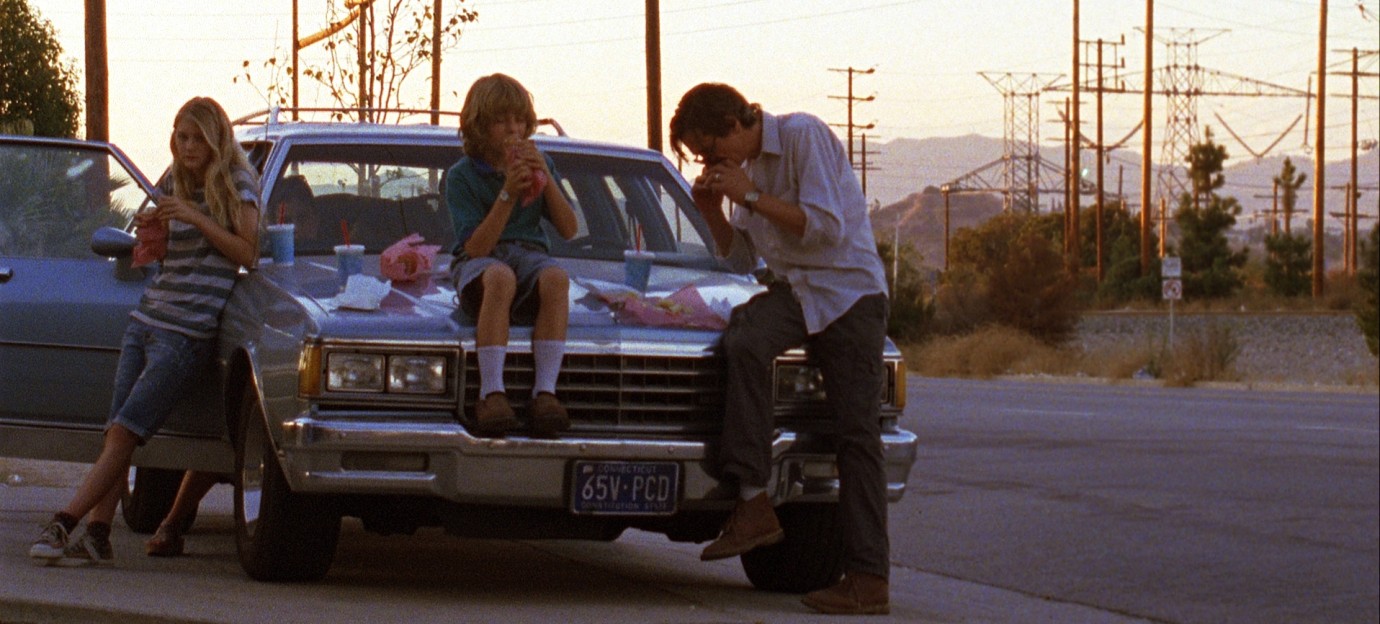
Ryan Simpkins, Ty Simpkins, John Hawkes
ARCADIA by Olivia Silver
USA 2012, Generation
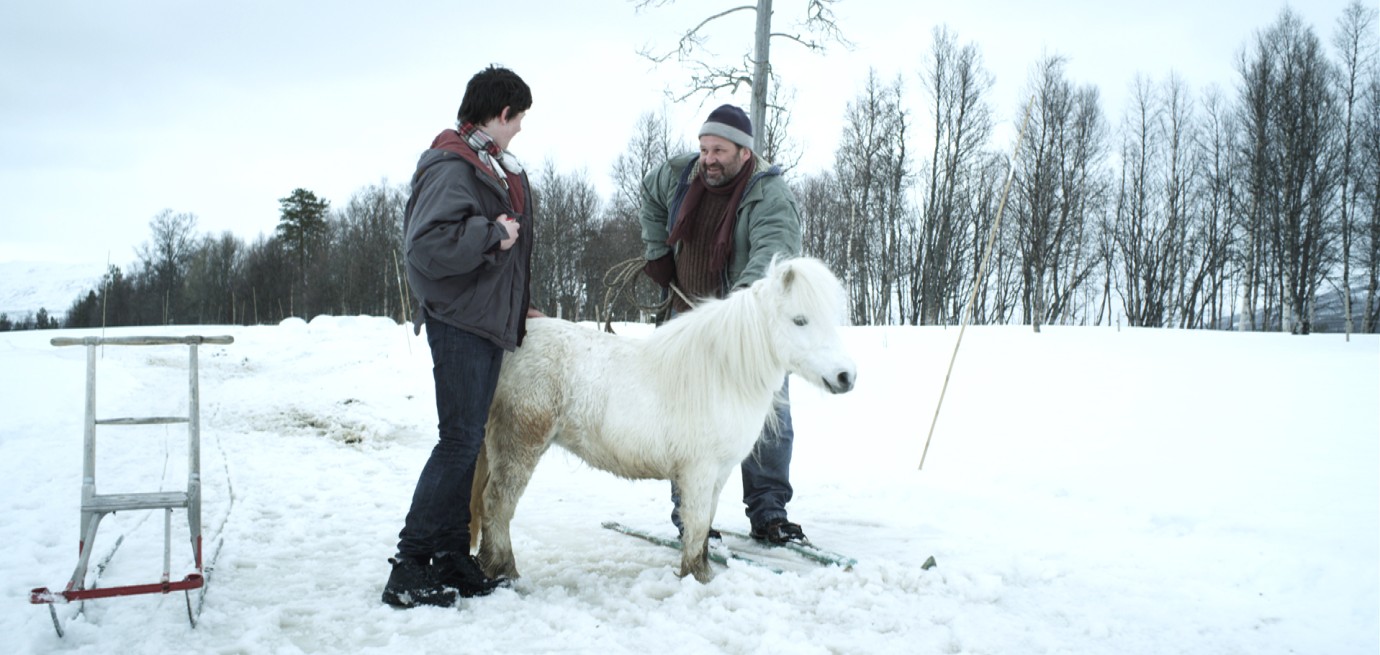
Henrik Carlyle, Jørgen Langhelle
Levis hest | Levi's Horse by Torfinn Iversen
NOR 2011, Generation
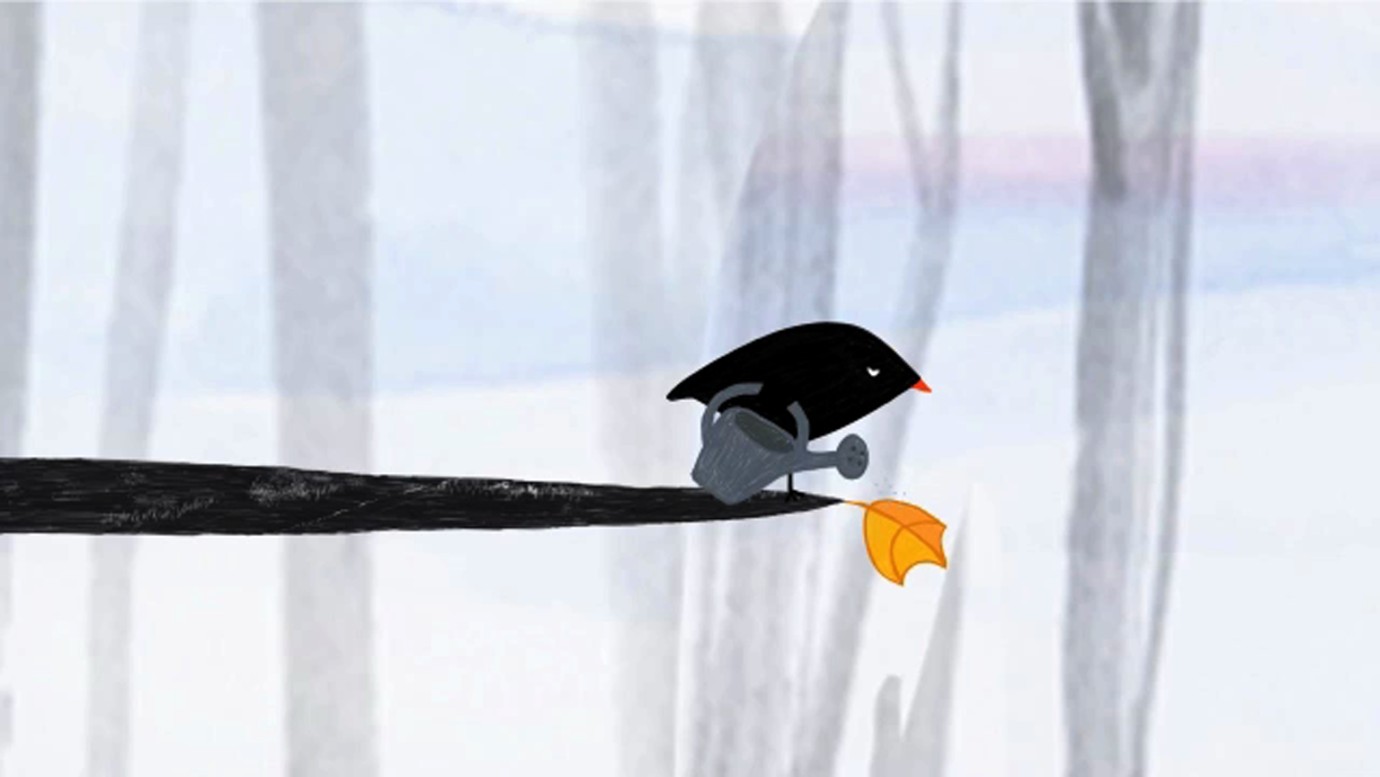
Der kleine Vogel und das Blatt | The little Bird and the Leaf by Lena von Döhren
CHE 2012, Generation
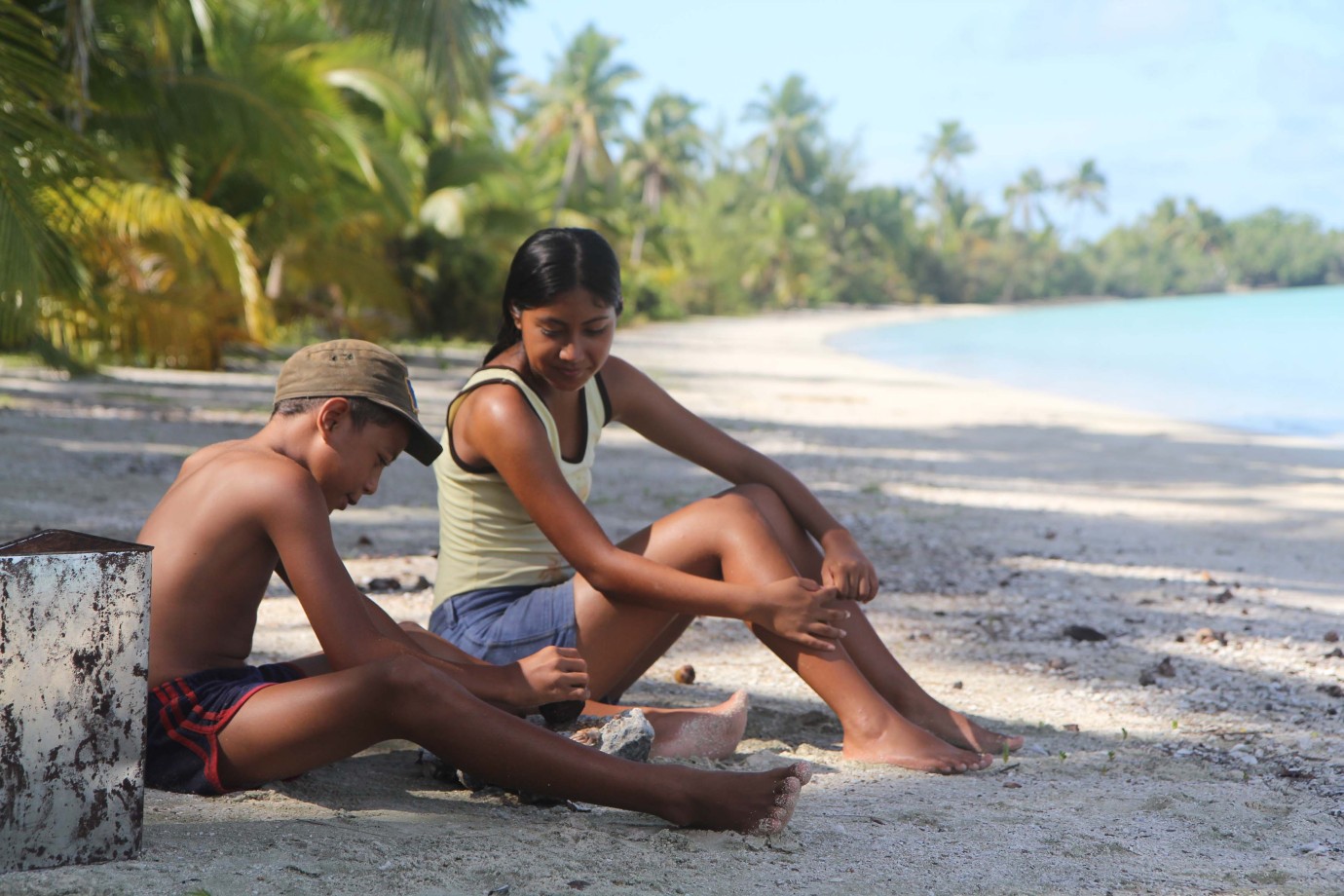
Michael Tatira, Mereana Bishop
Snow in Paradise | Schnee im Paradies by Justine Simei-Barton, Nikki Si'ulepa
NZL 2011, Generation
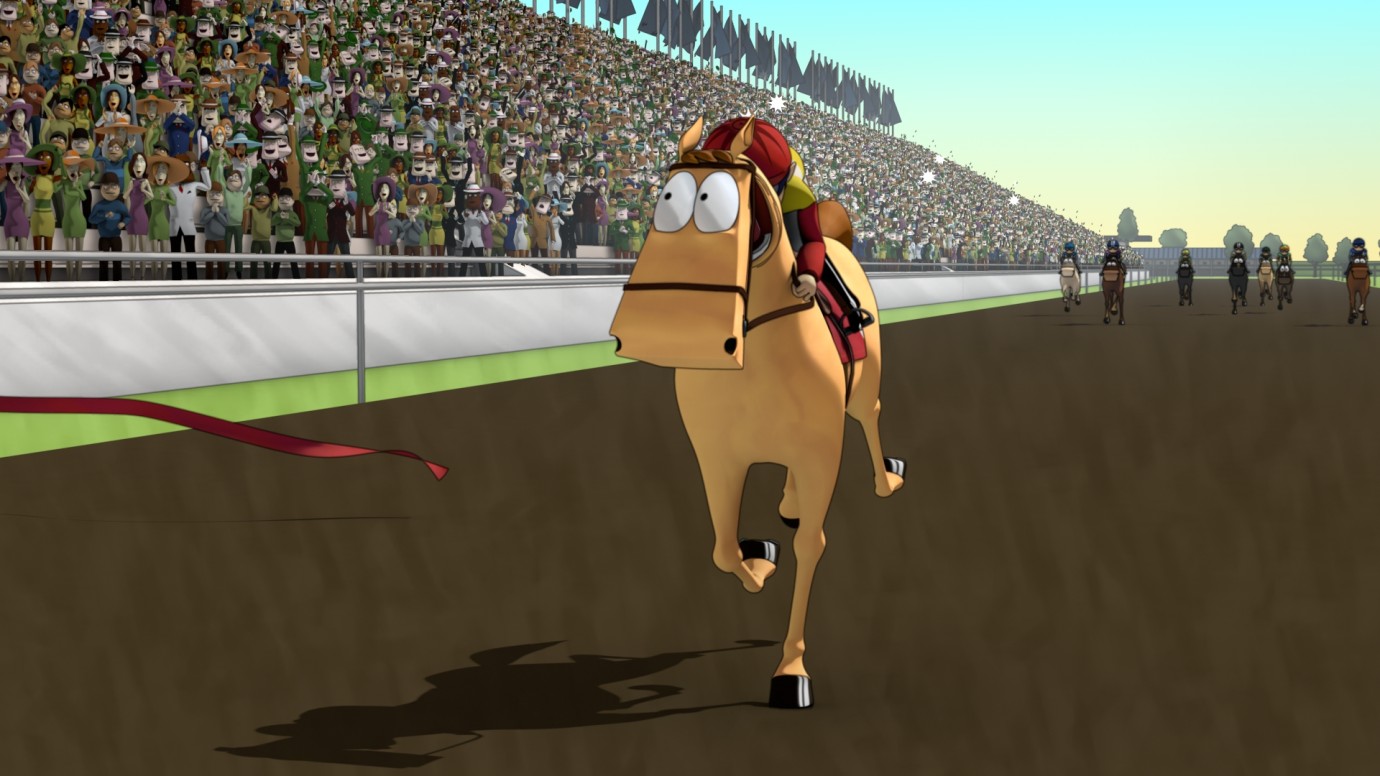
Rising Hope by Milen Vitanov
DEU 2012, Generation
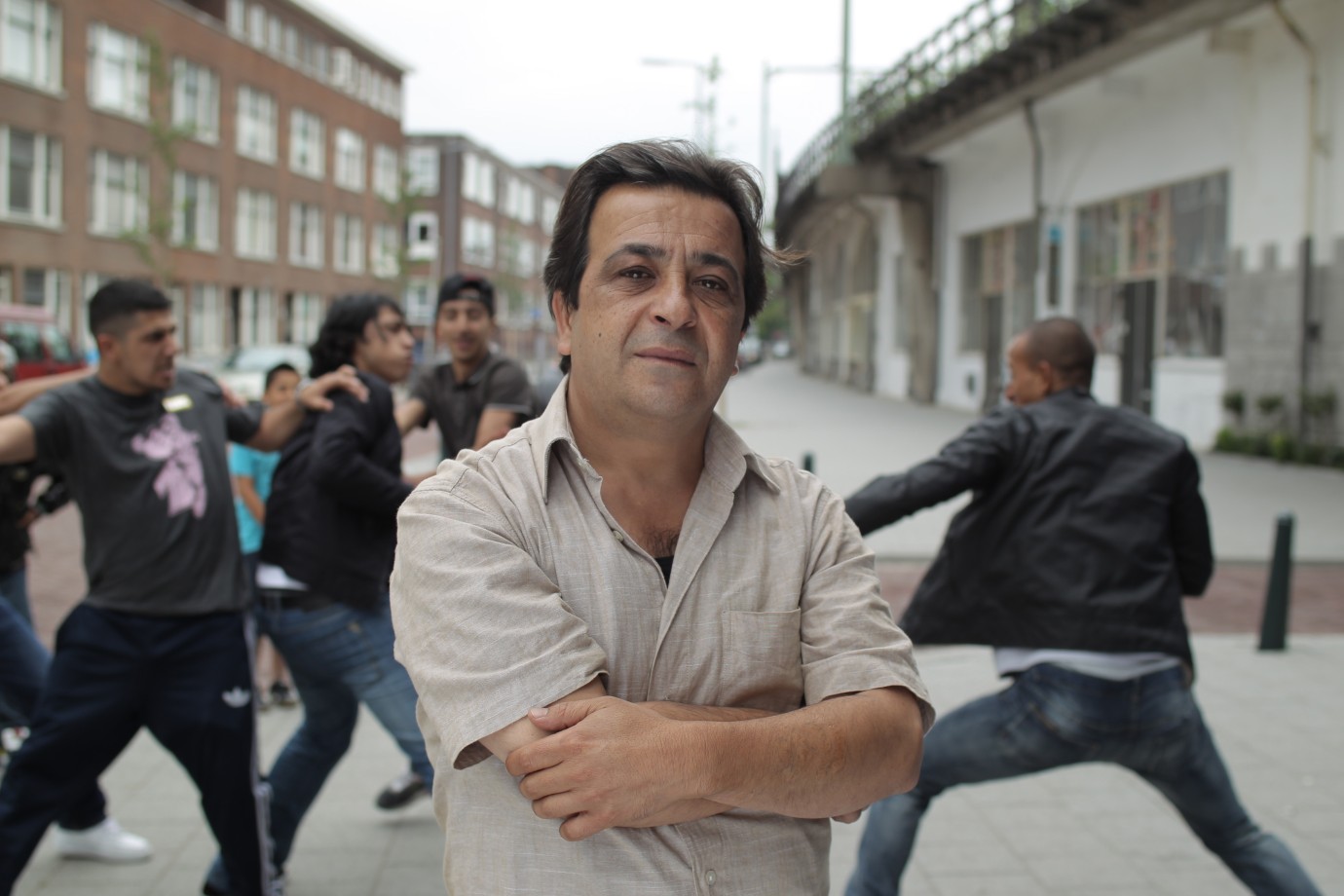
Ali Cifteci
Snackbar by Meral Uslu
NLD 2012, Generation
© Ton Peters
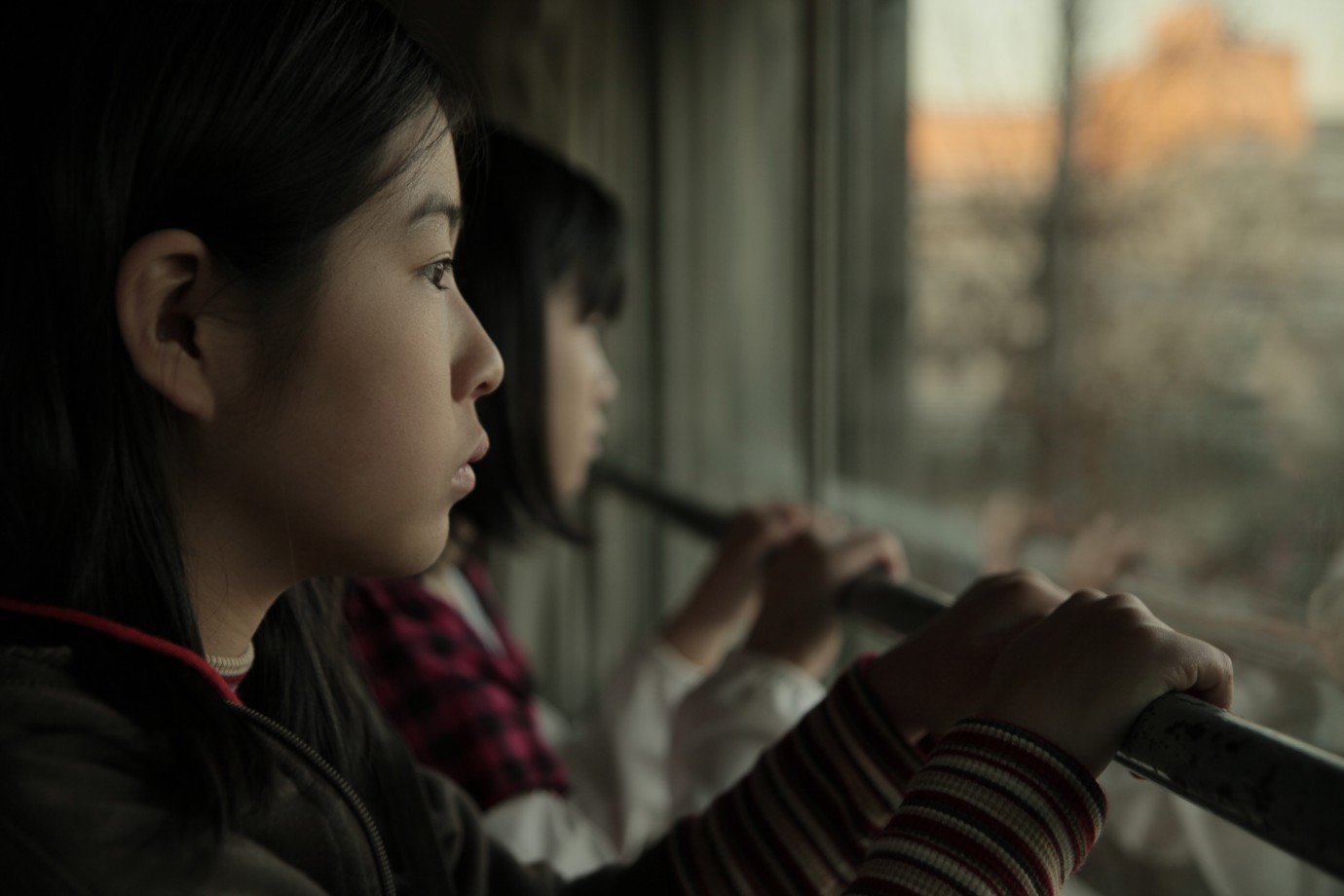
Hana Nonaka, Meru Gouda
Kikoeteru, furi wo sita dake | Just Pretended to Hear | Als hätte ich dich gehört by Kaori Imaizumi
JPN 2011, Generation
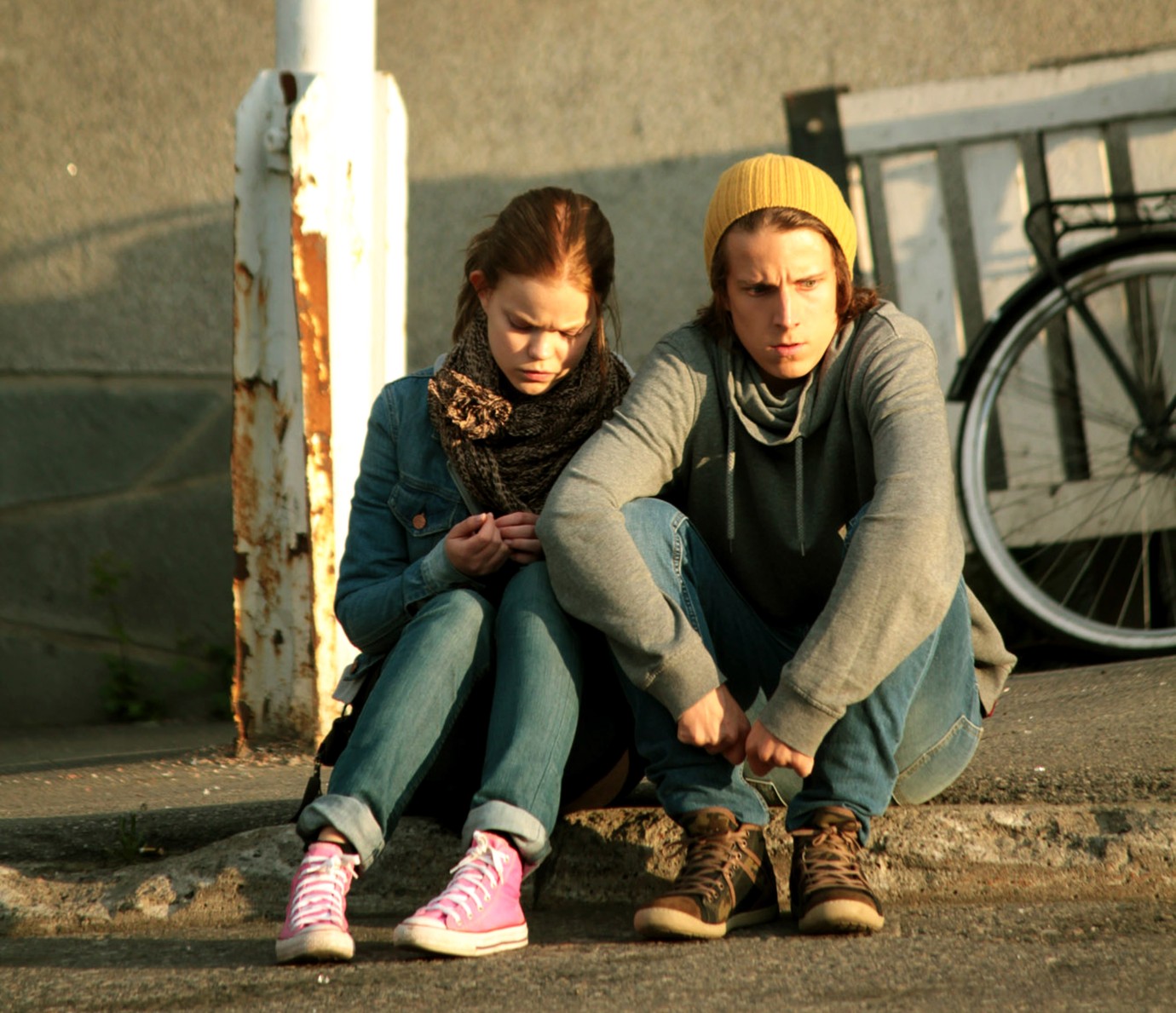
Rosa Salomaa, Niilo Syväoja
Hiljainen Viikko | All Hallow’s Week by Jussi Hiltunen
FIN 2011, Generation
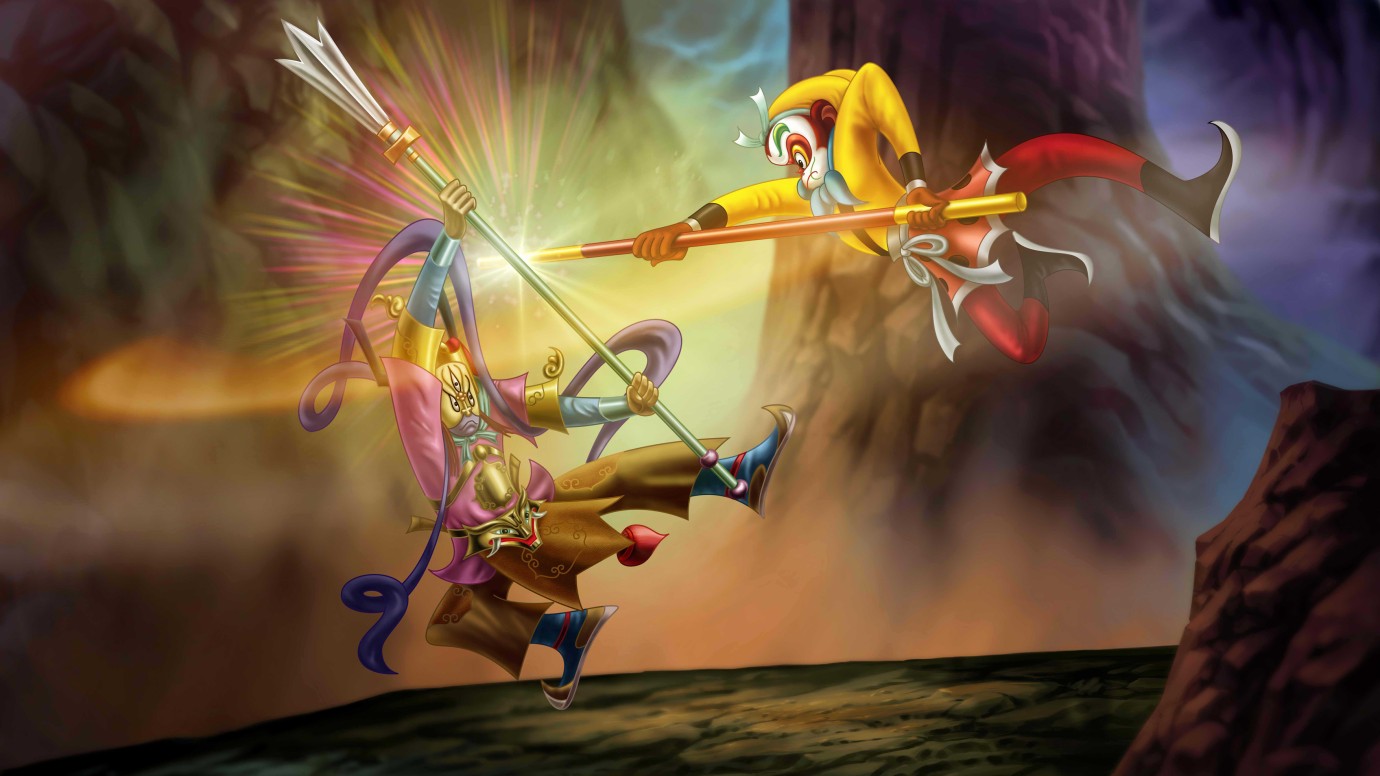
The Monkey King - Uproar in Heaven 3D | Der Affenkönig - Aufruhr im Himmel 3D by Da Su, Zhihong Chen
CHN 2012, Generation

Hazenpad | The Path of a Hare | Hasenpfad by Lotte van Elsacker
NLD 2011, Generation
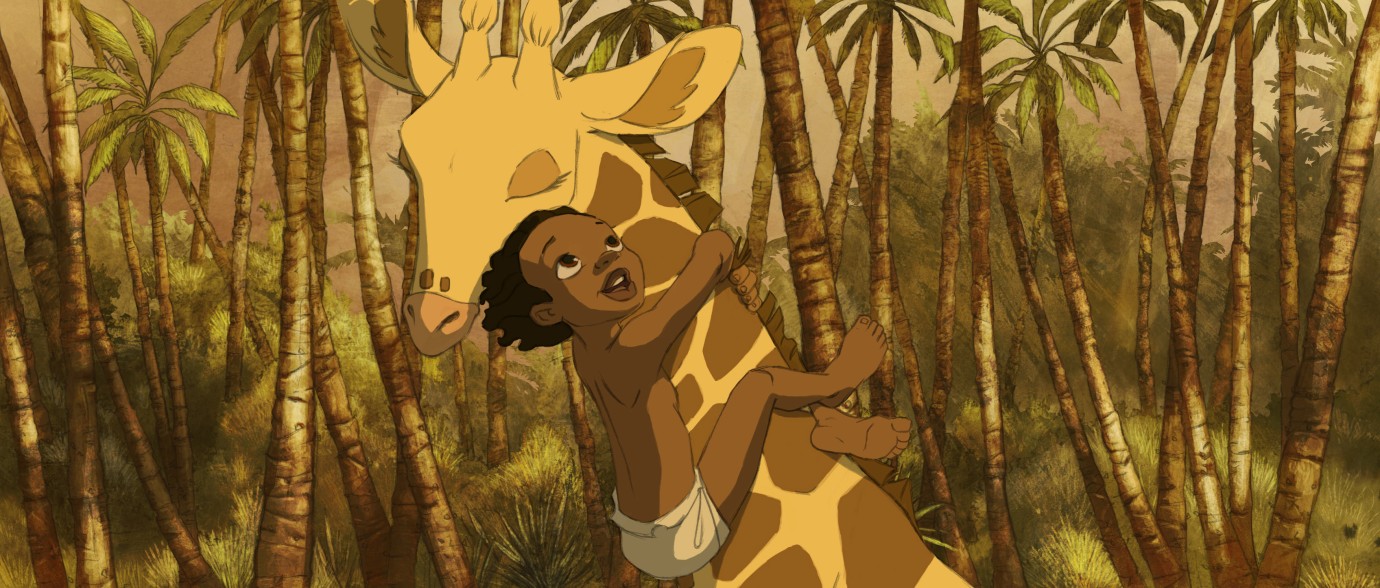
Zarafa by Rémi Bezançon, Jean-Christophe Lie
FRA/BEL 2011, Generation
© Pathé
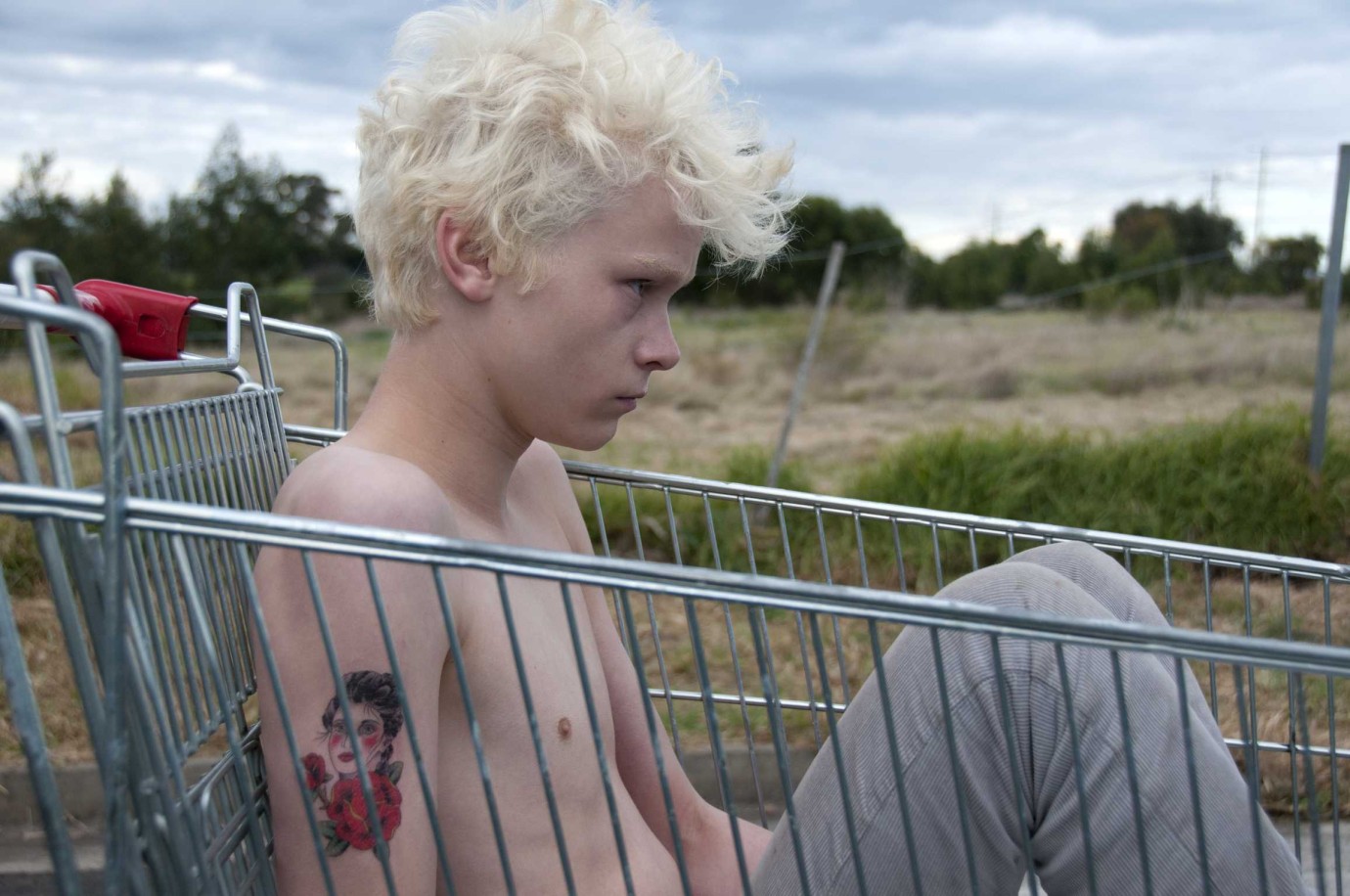
Edvard Hakansson
B I N O by Billie Pleffer
AUS 2011, Generation
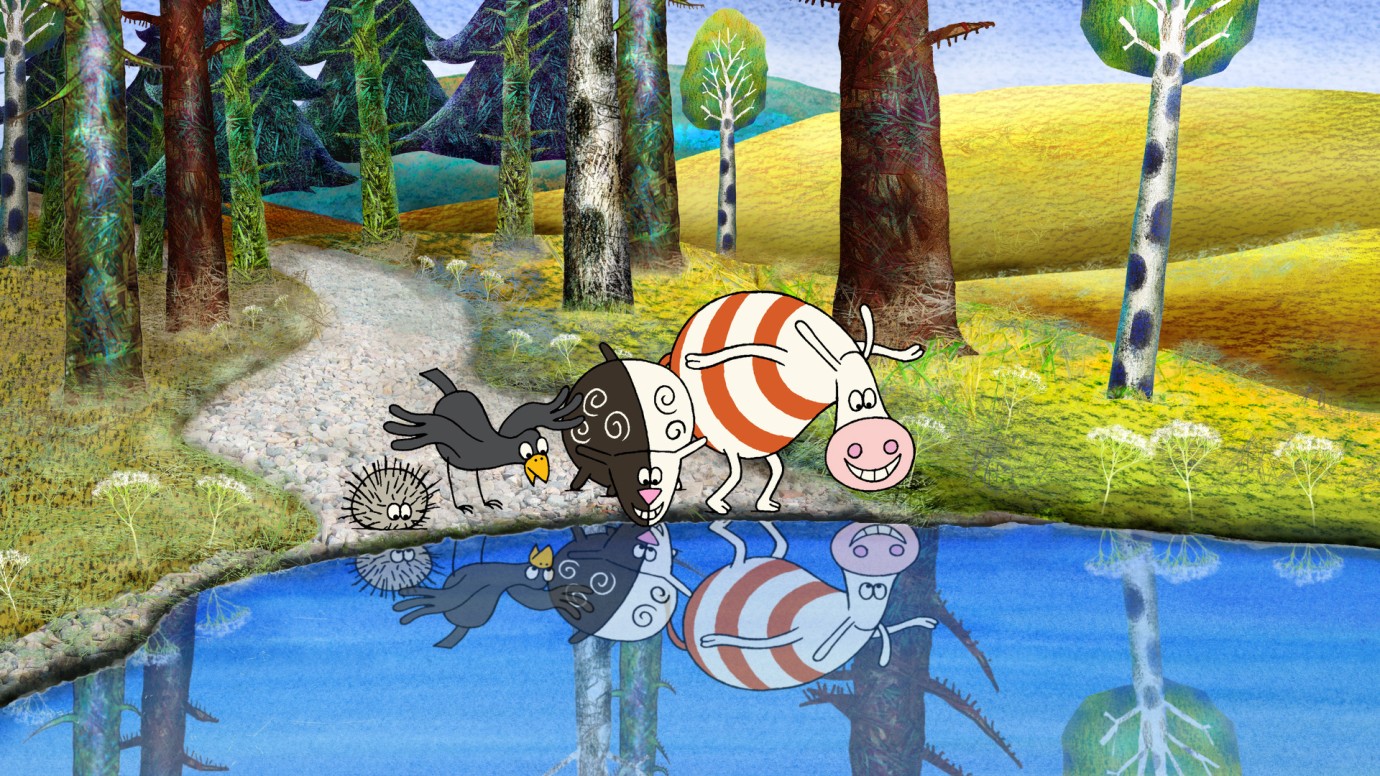
Bara lite | Just a little | Nur ein bisschen by Alicja Björk Jaworski
SWE 2011, Generation
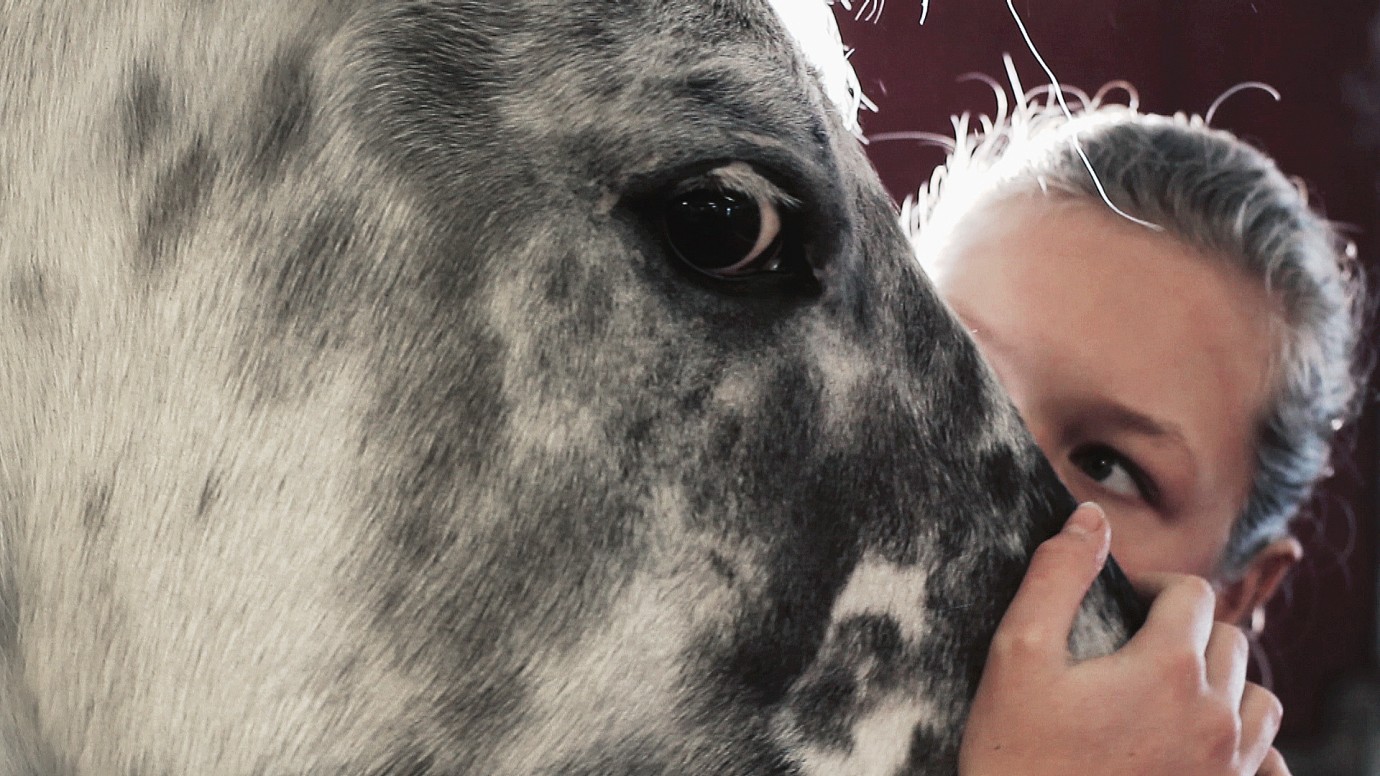
Ida Åslund
Hjältar | Heroes | Helden by Carolina Hellsgård
SWE 2012, Generation
© Kathrin Krottenthaler

Bill Skarsgård, Natalie Minnevik
Kronjuvelerna | The Crown Jewels by Ella Lemhagen
SWE 2011, Generation
© Paulius Makauskas
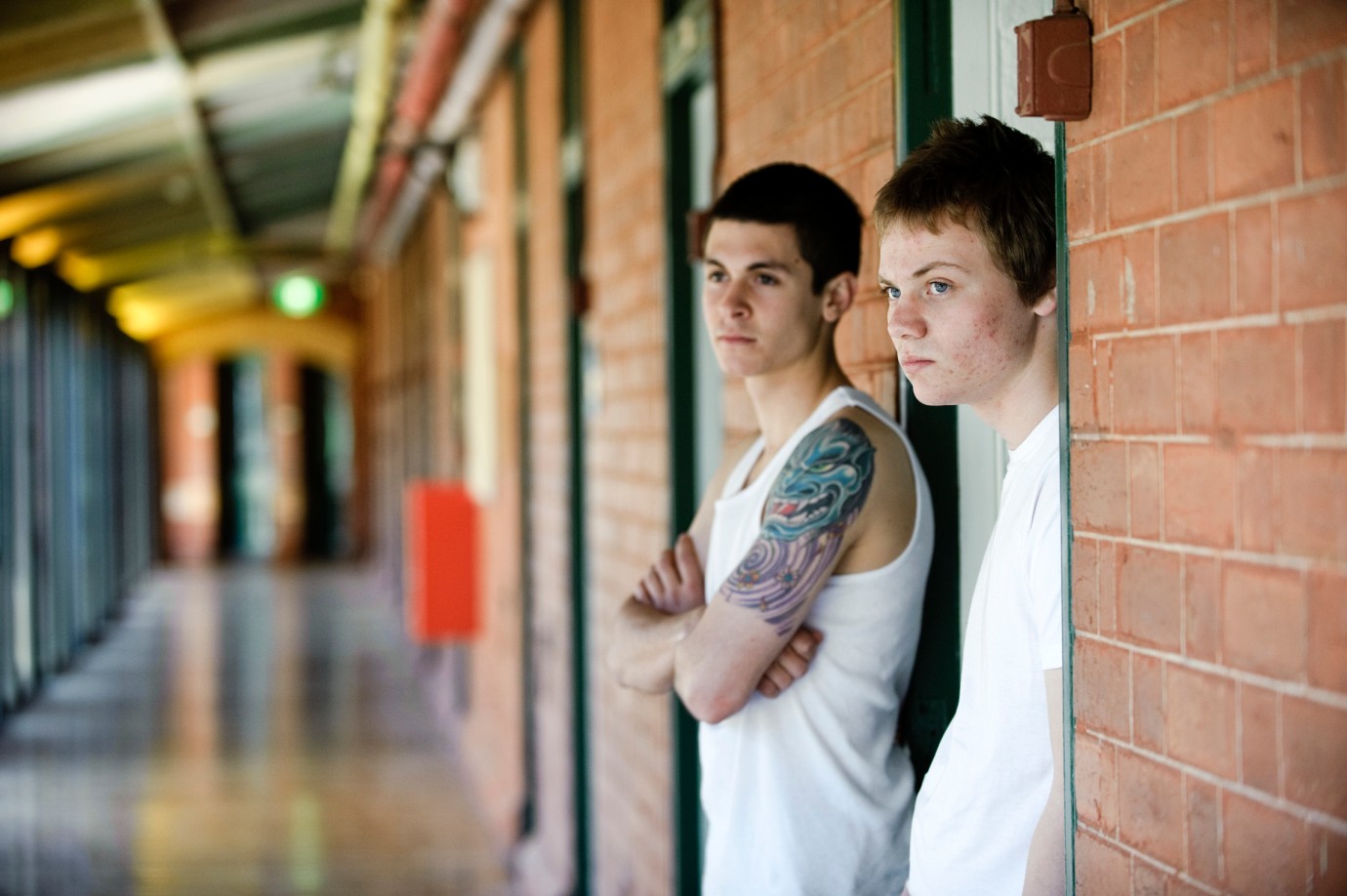
Shannon Glowacki, Reef Ireland
The Wilding by Grant Scicluna
AUS 2011, Generation
© Brent Lukey and Happening Films
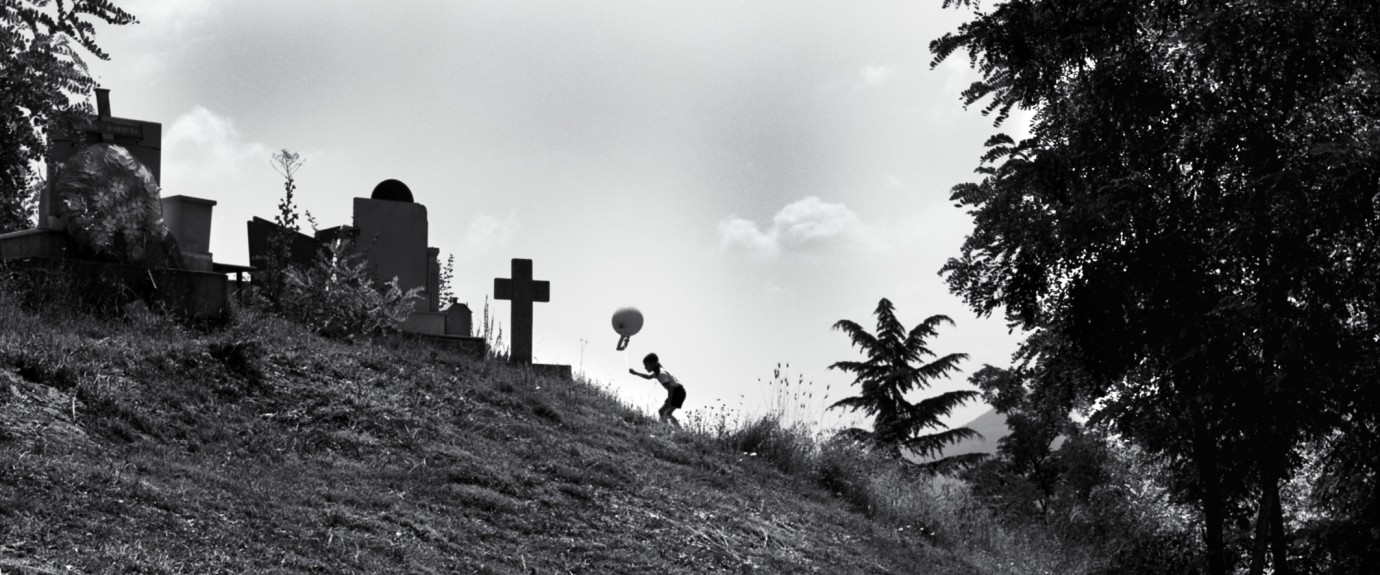
Bardo by Marija Apchevska
MKD 2011, Generation
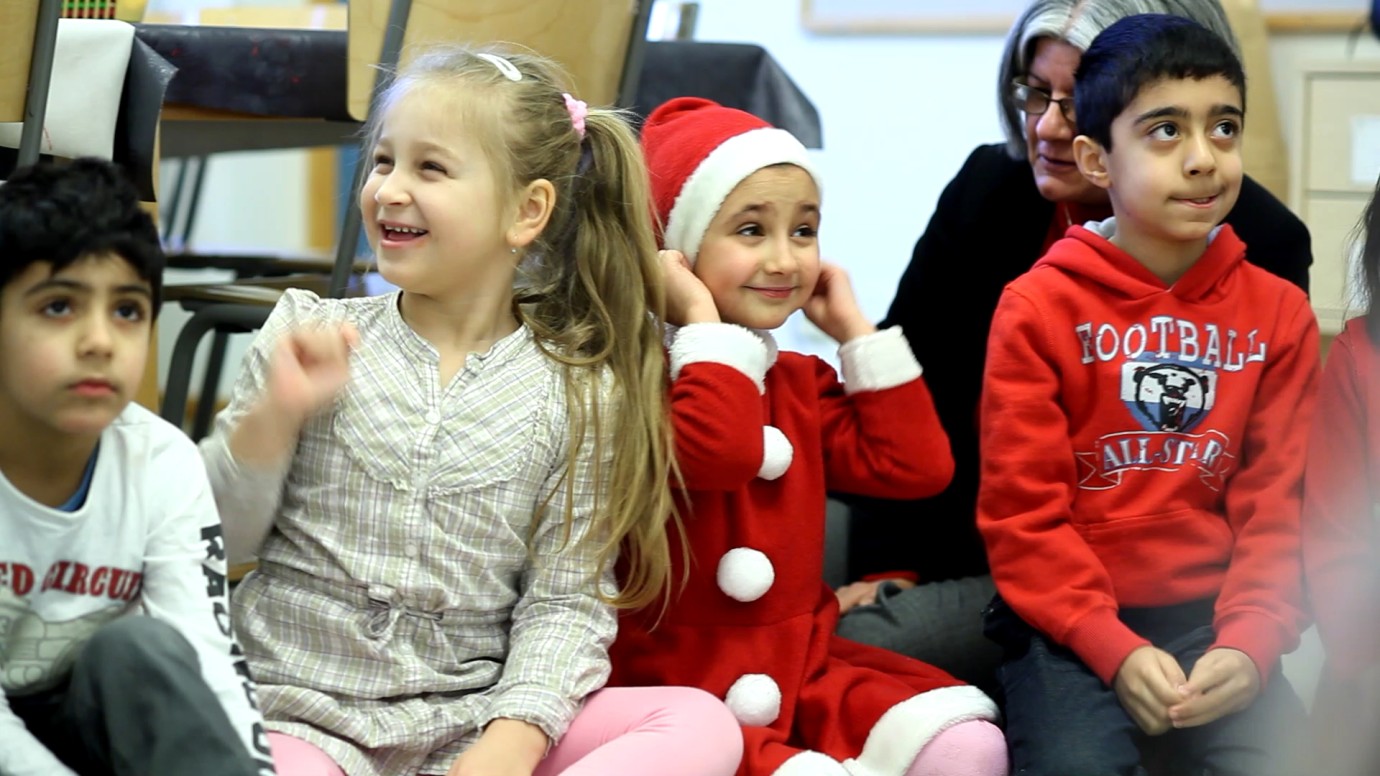
The Quiet One | Die Stille by Emelie Wallgren, Ina Holmqvist
SWE 2011, Generation
© Camilla Skagerström
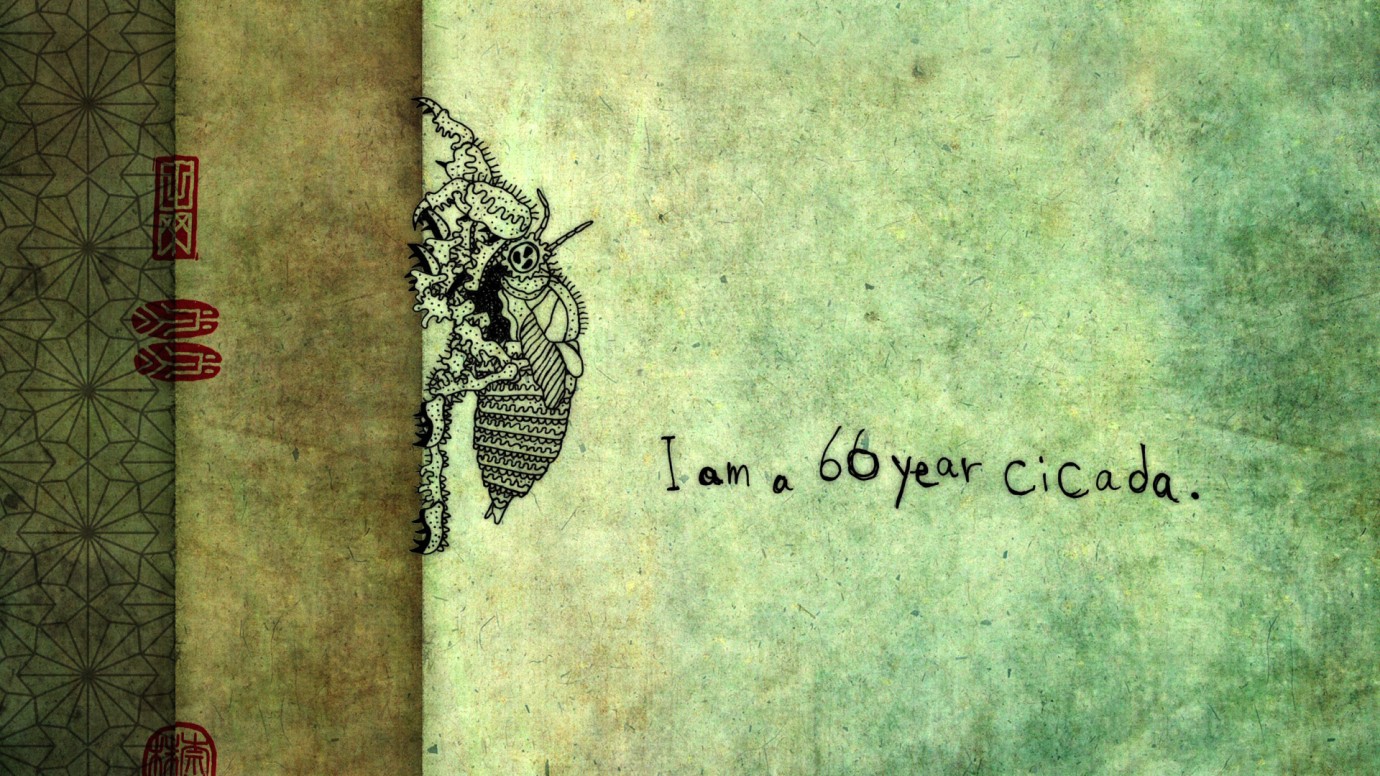
663114 by Isamu Hirabayashi
JPN 2011, Generation
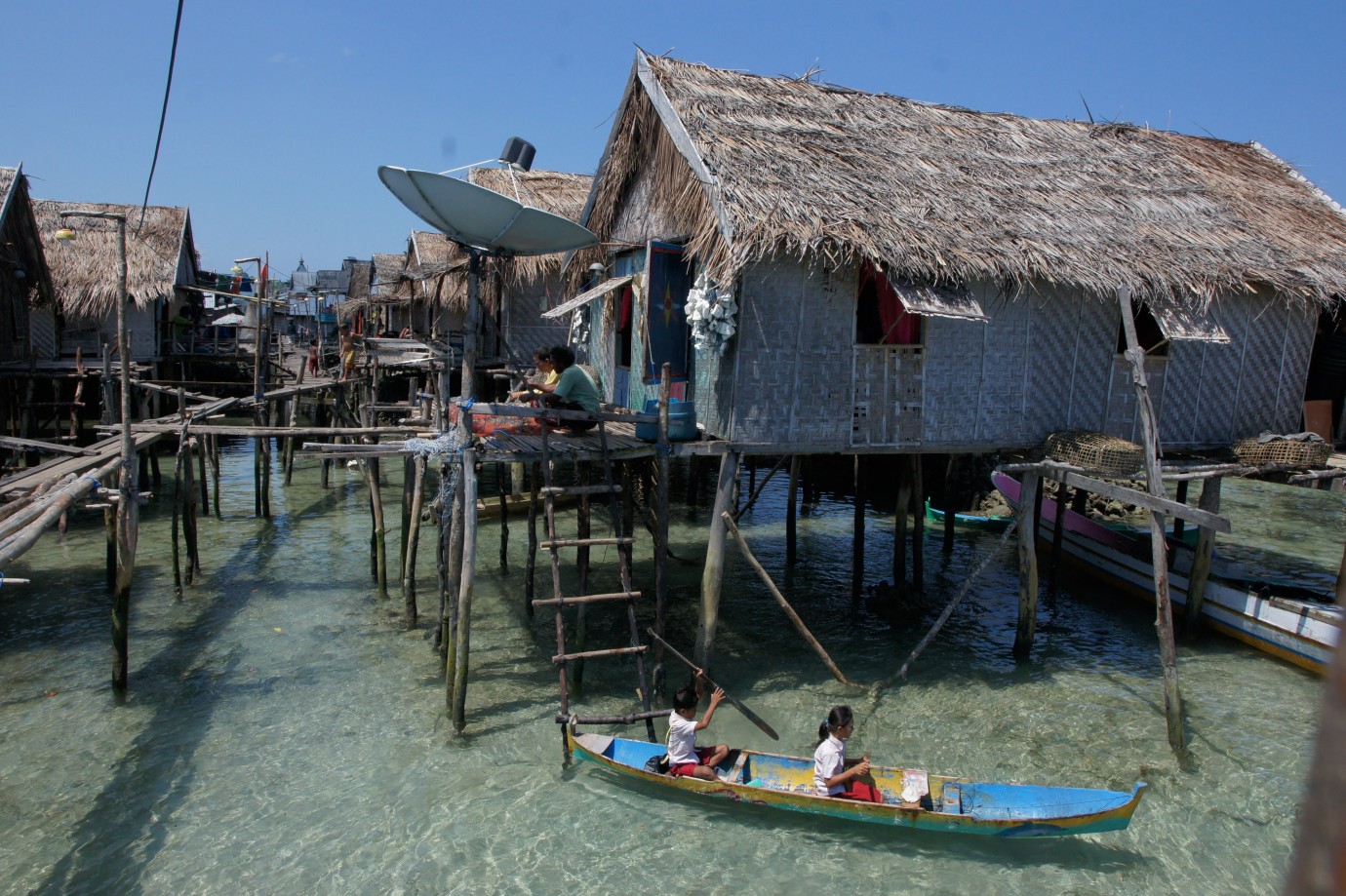
The Mirror Never Lies by Kamila Andini
IDN 2011, Generation
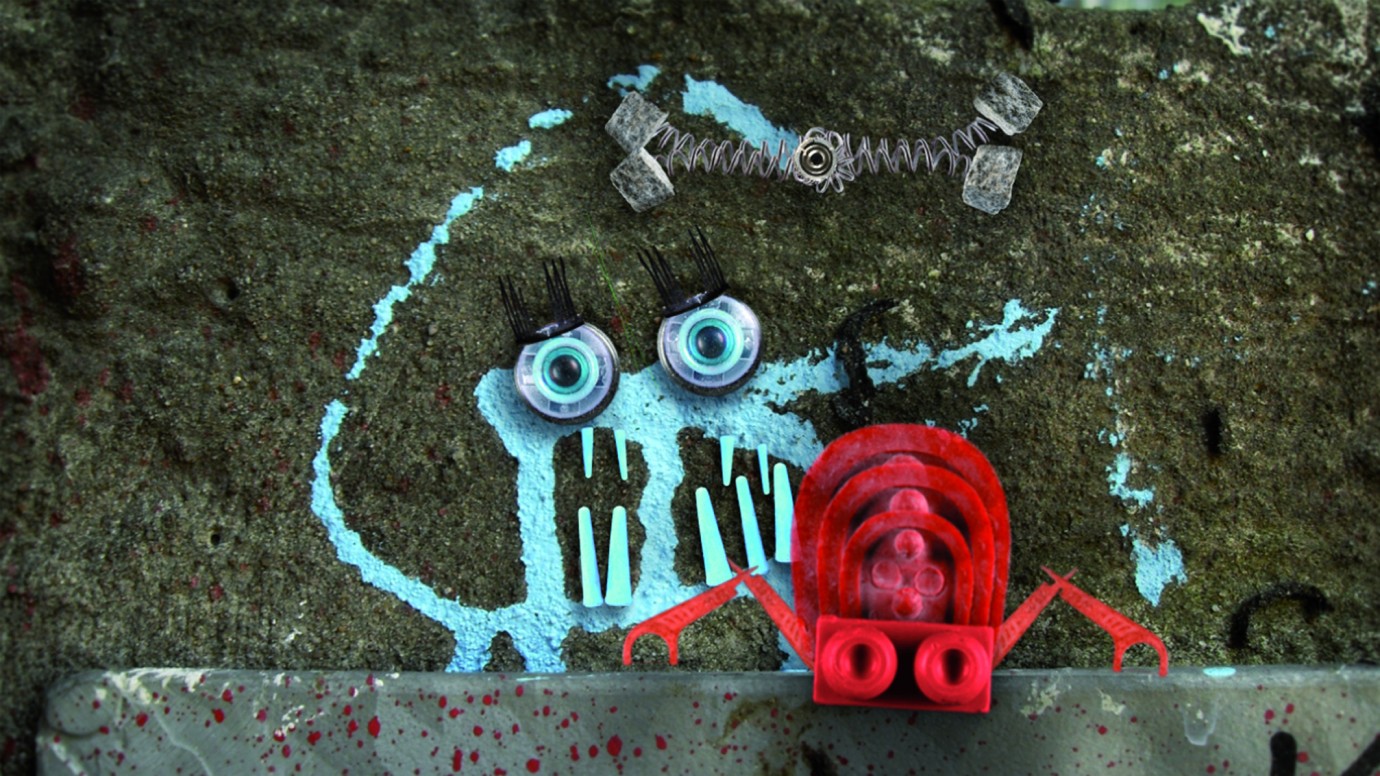
Berlin Recyclers by Nikki Schuster
DEU 2012, Generation
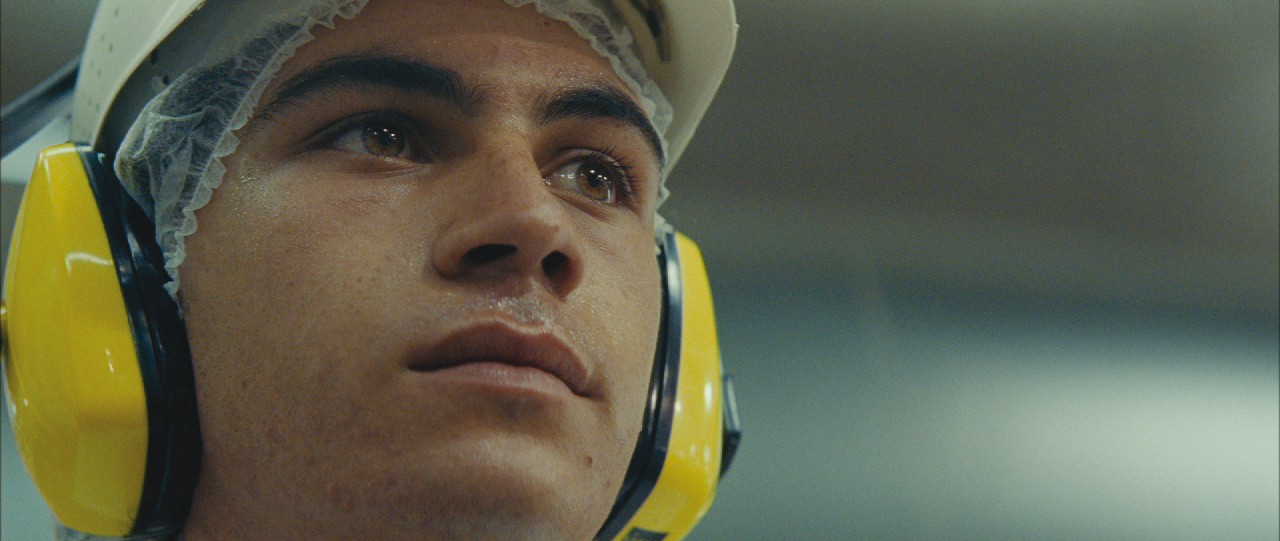
Jesse James Rehu Pickery
Meathead by Sam Holst
NZL 2011, Generation
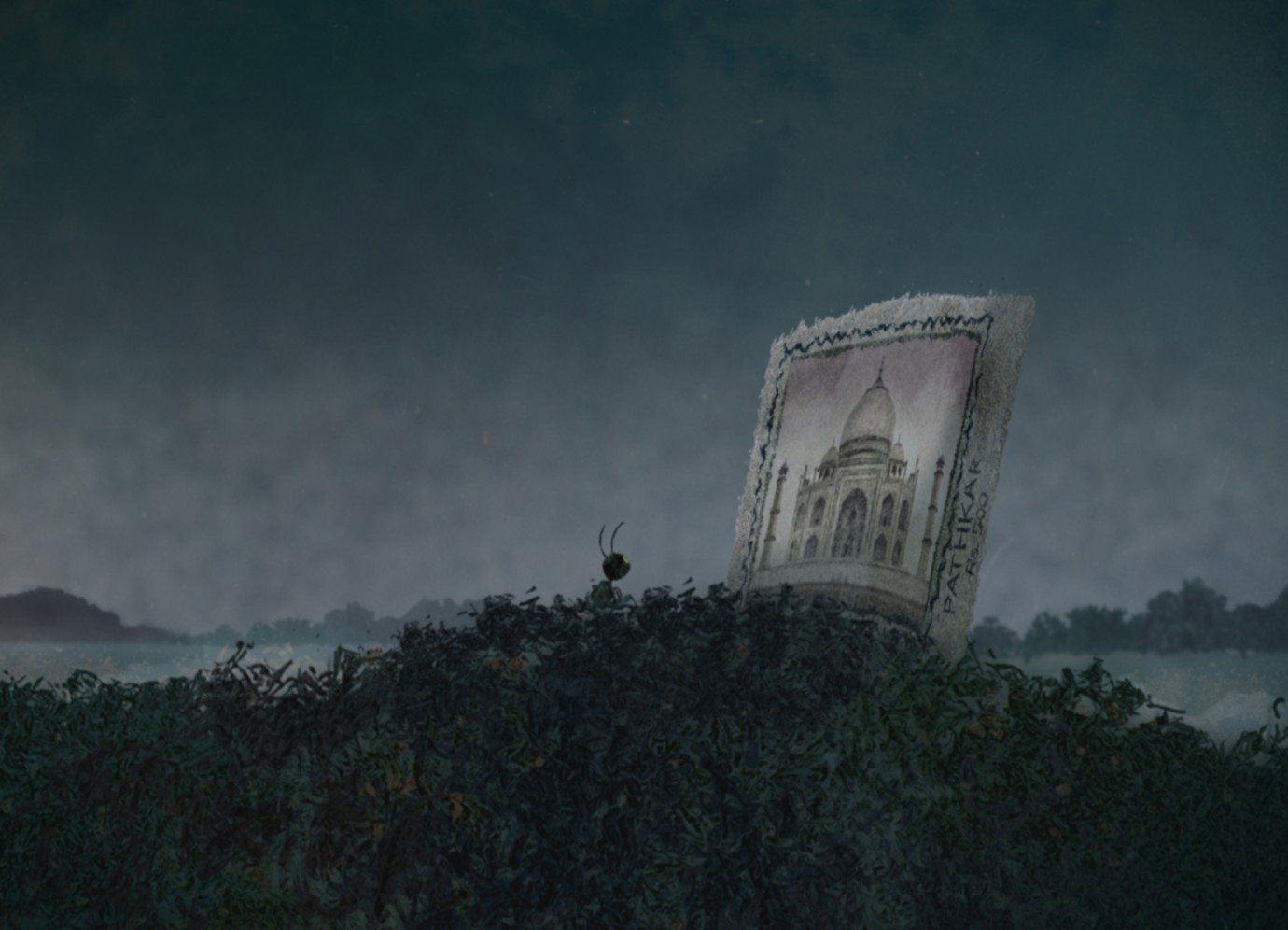
Chinti by Natalia Mirzoyan
RUS 2012, Generation
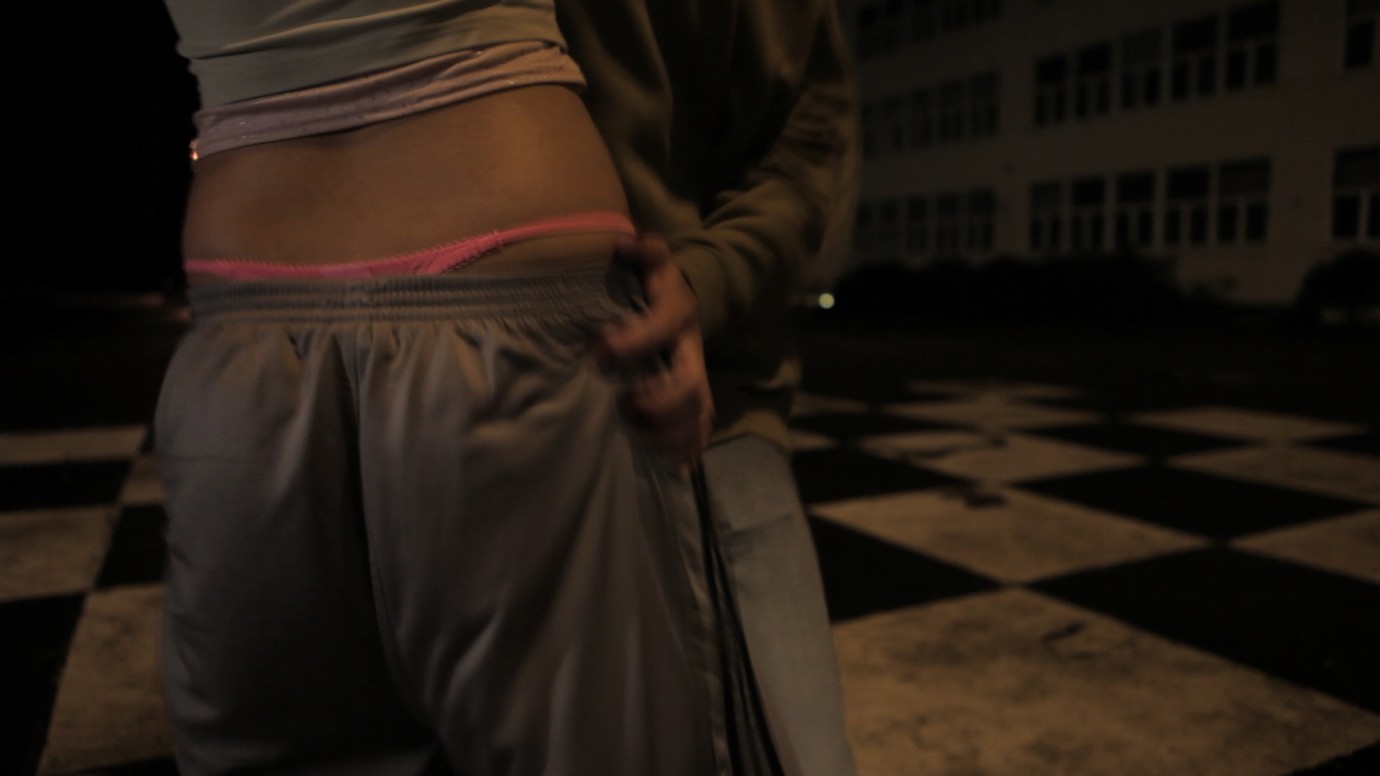
Banga Inte | Unruly by Fanni Metelius
SWE 2011, Generation
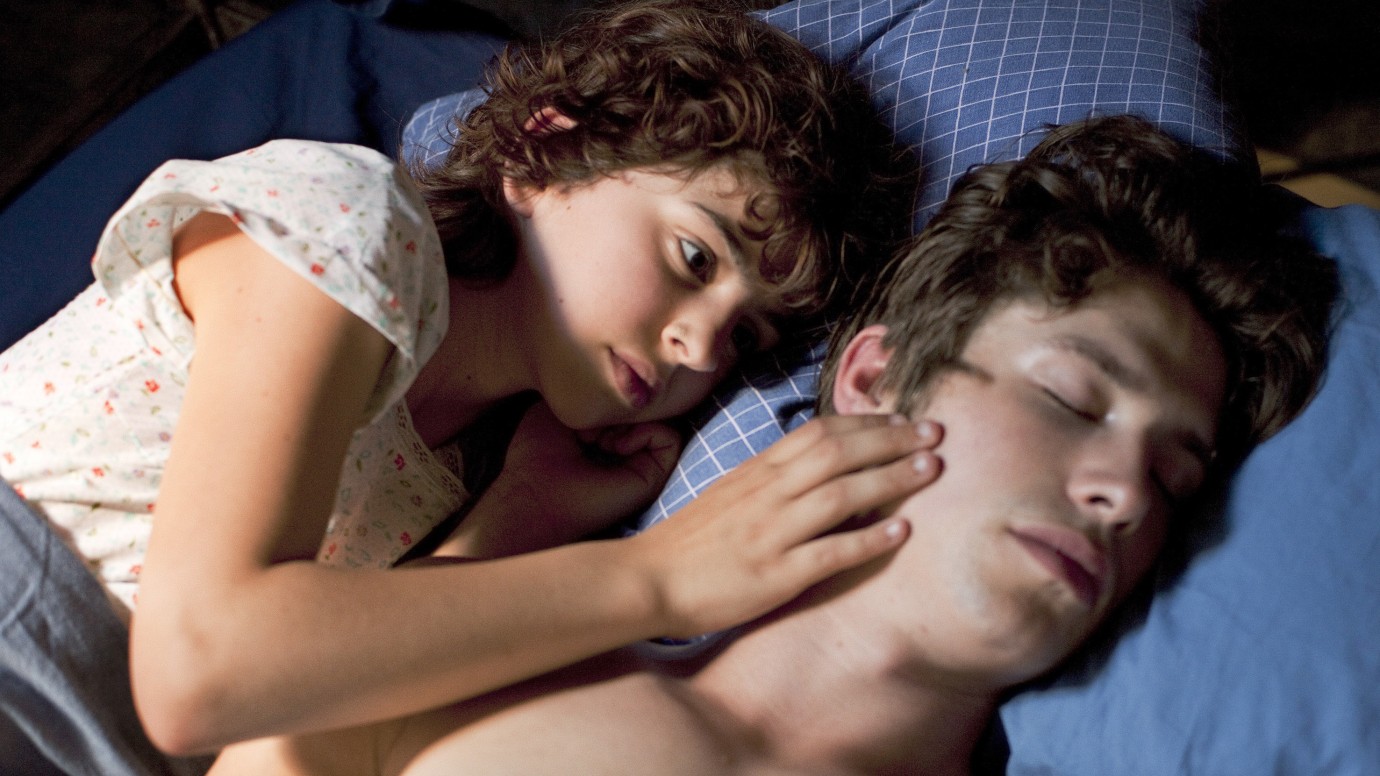
Annabel Dirkzwager, Niels Gomperts
Broer | Brother by Sacha Polak
NLD 2011, Generation
© Victor Arnolds
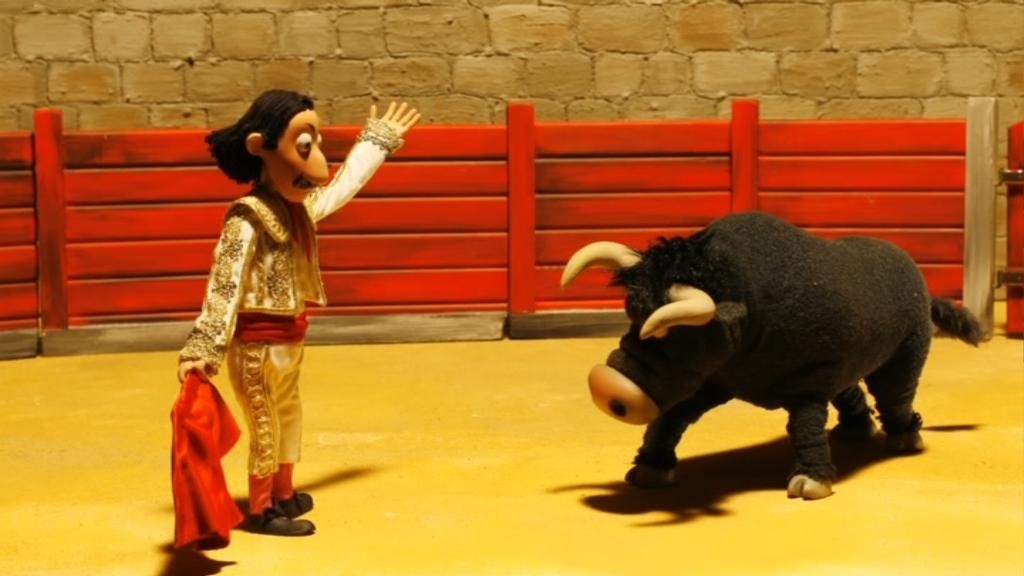
Corrida by Janis Cimermanis
LVA 2011, Generation
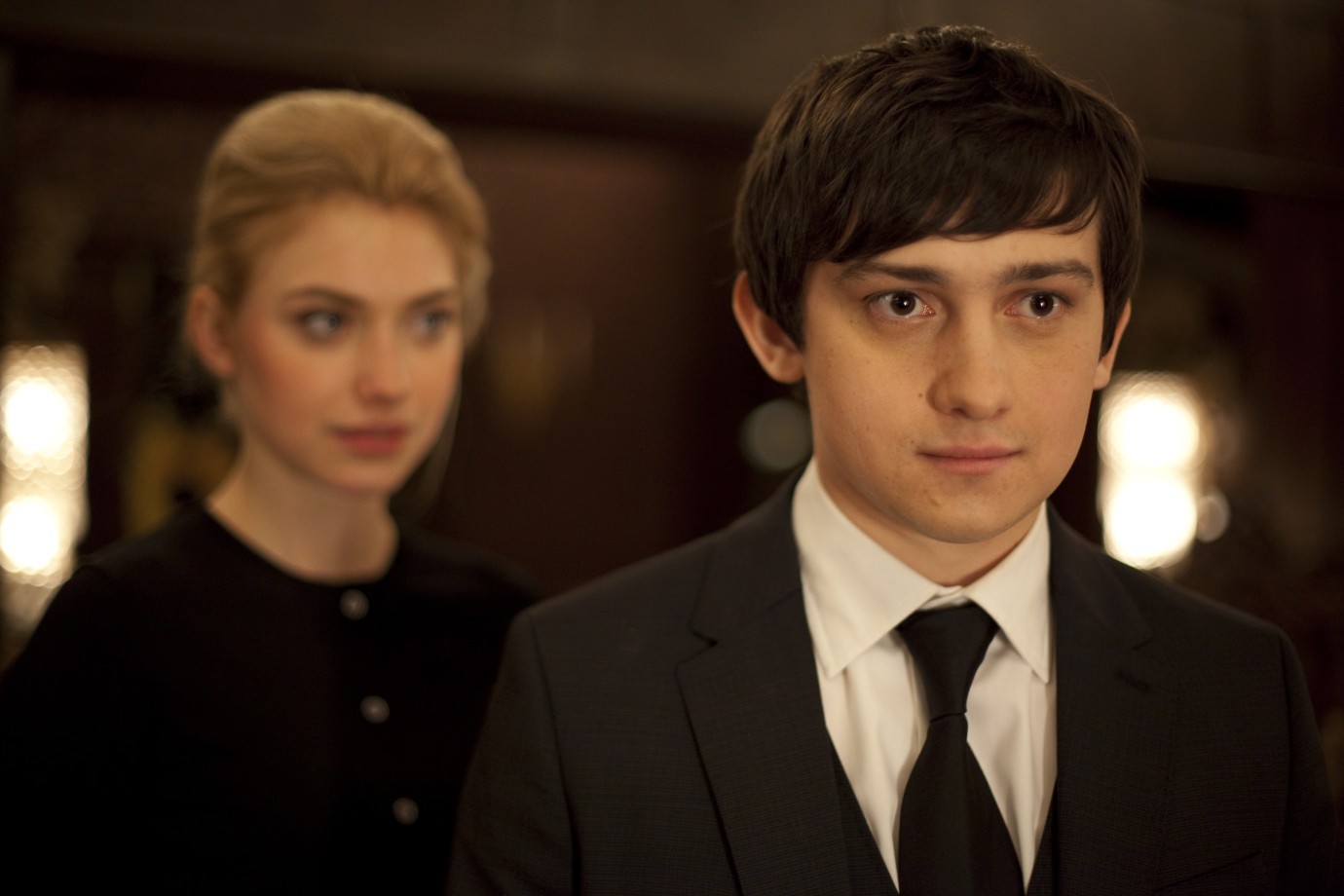
Imogen Poots, Craig Roberts
Comes A Bright Day by Simon Aboud
GBR 2011, Generation
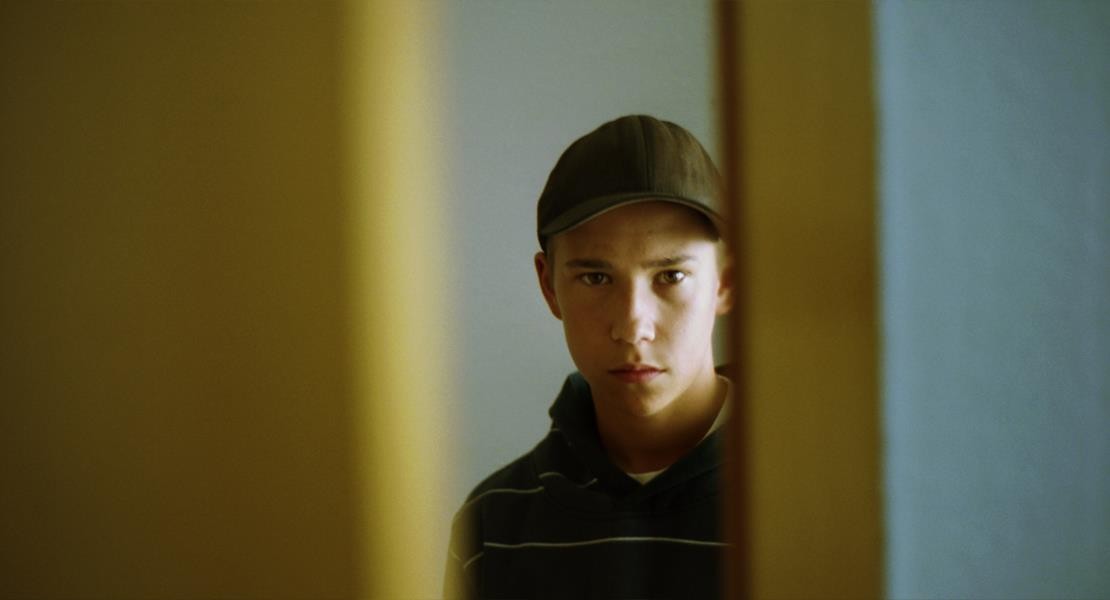
Dennis Kamitz
CRAZY DENNIS TIGER by Jan Soldat
DEU 2012, Generation
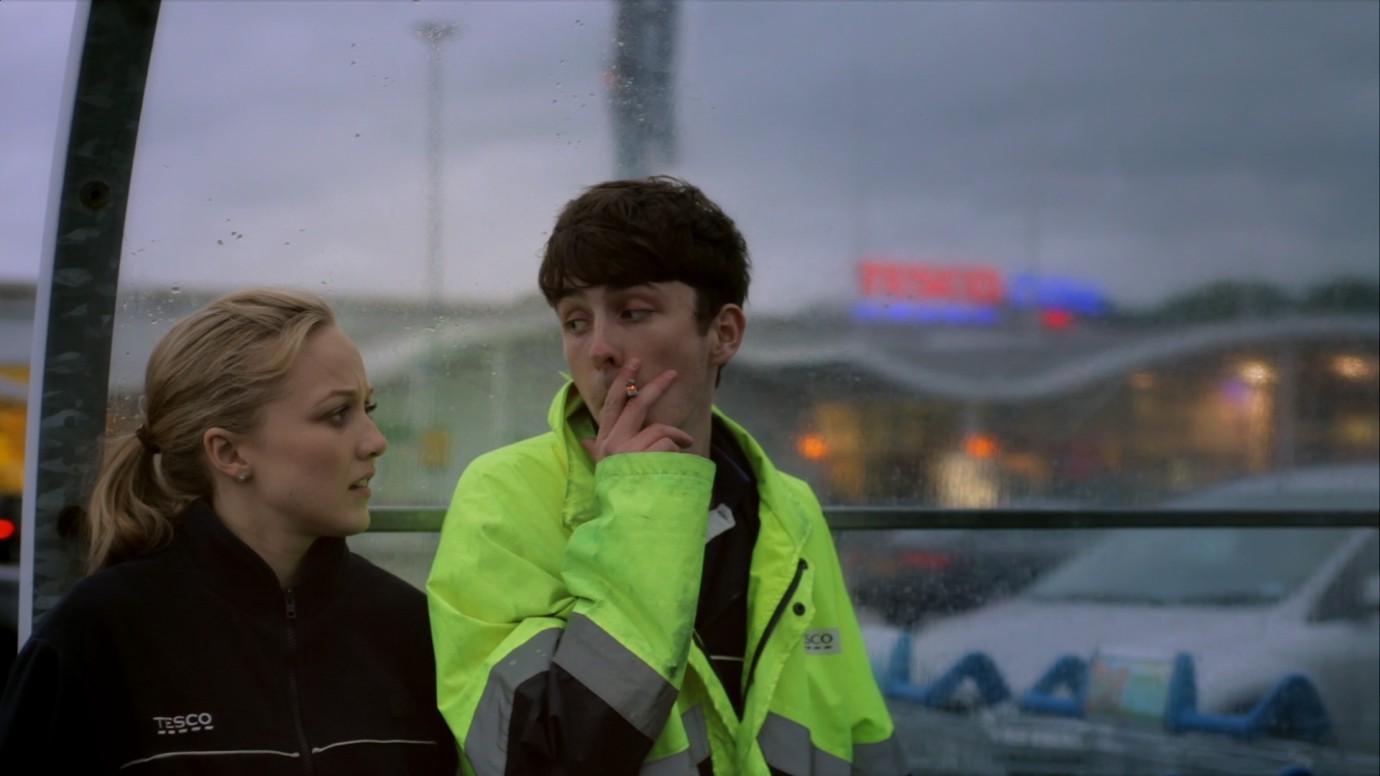
Nichola Burley, Matthew Beard
Supermarket Girl by Matt Greenhalgh
GBR 2011, Generation
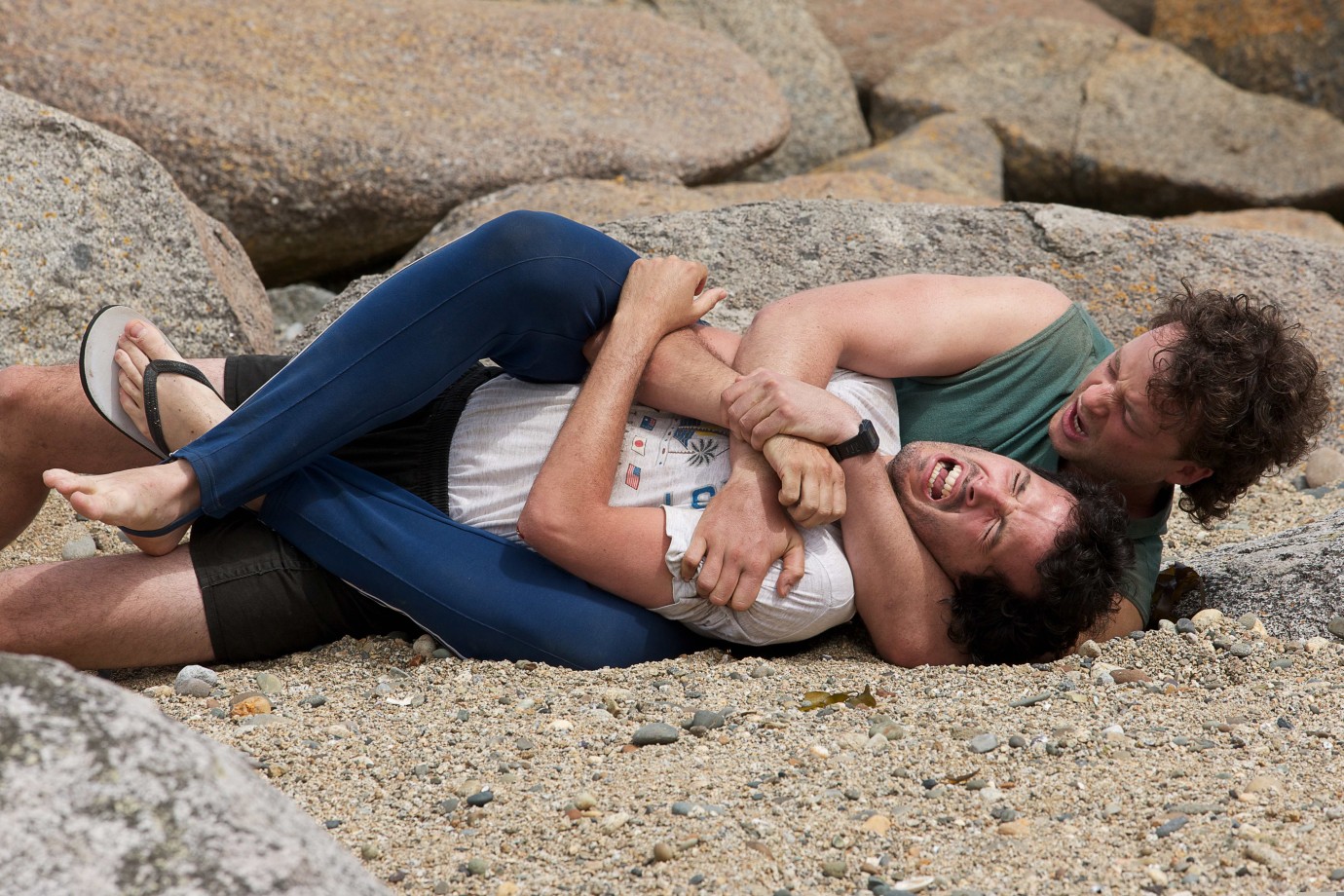
Bret McKenzie, Hamish Blake
Two Little Boys by Robert Sarkies
NCL 2011, Generation
© Matt Grace
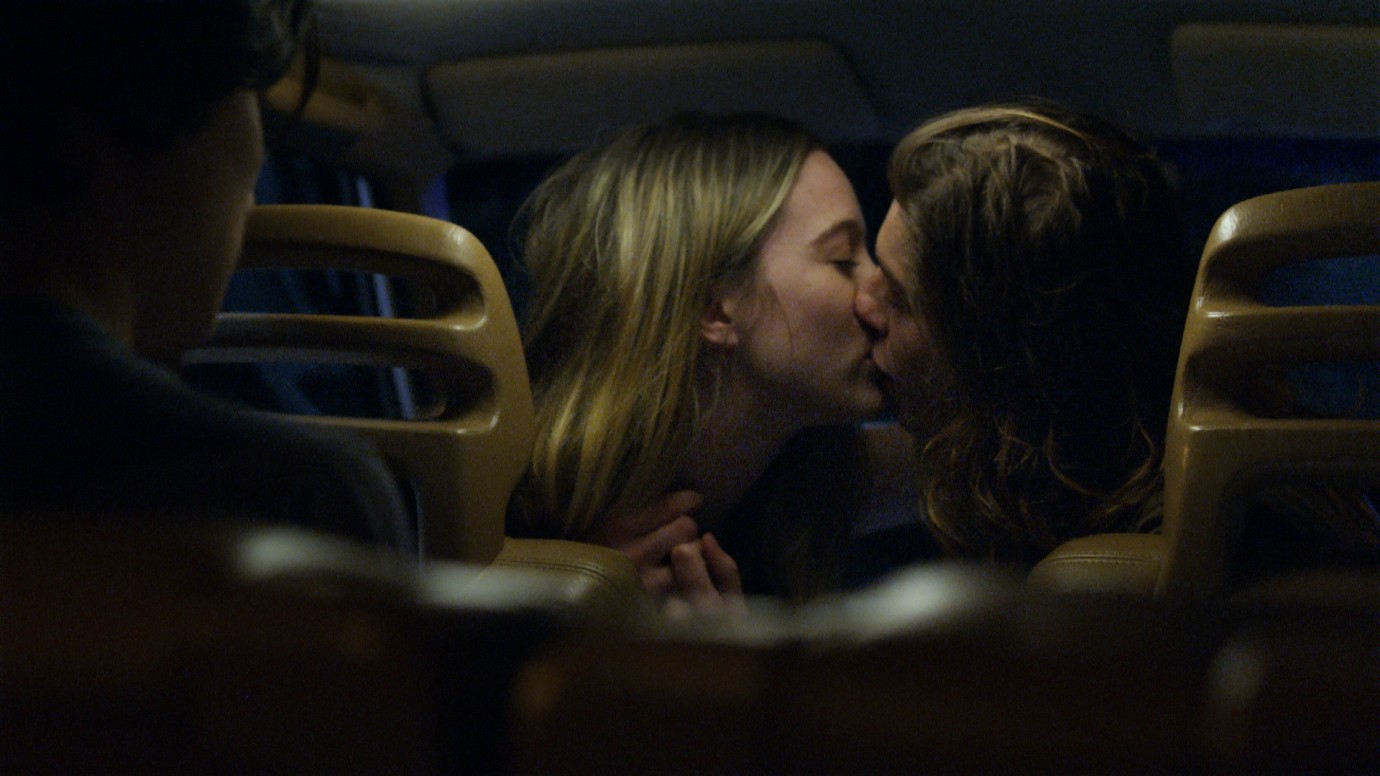
Sophie Lowe, Benedict Victor Samuel
Kiss | Kuss by Alex Murawski
AUS 2011, Generation
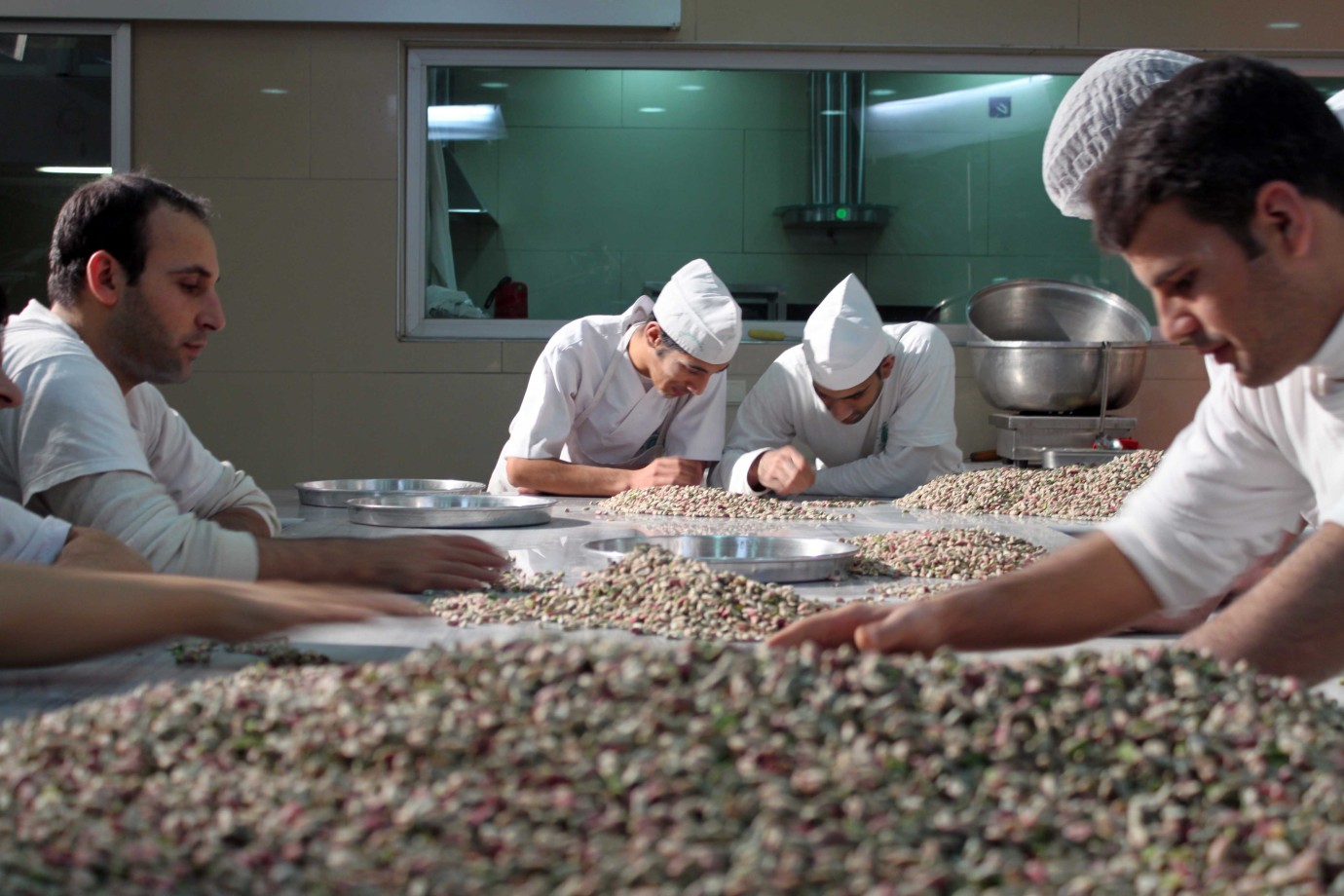
Mustafa’s Sweet Dreams by Angelos Abazoglou
GRC/GBR 2011, Generation
© Mesut Tufan
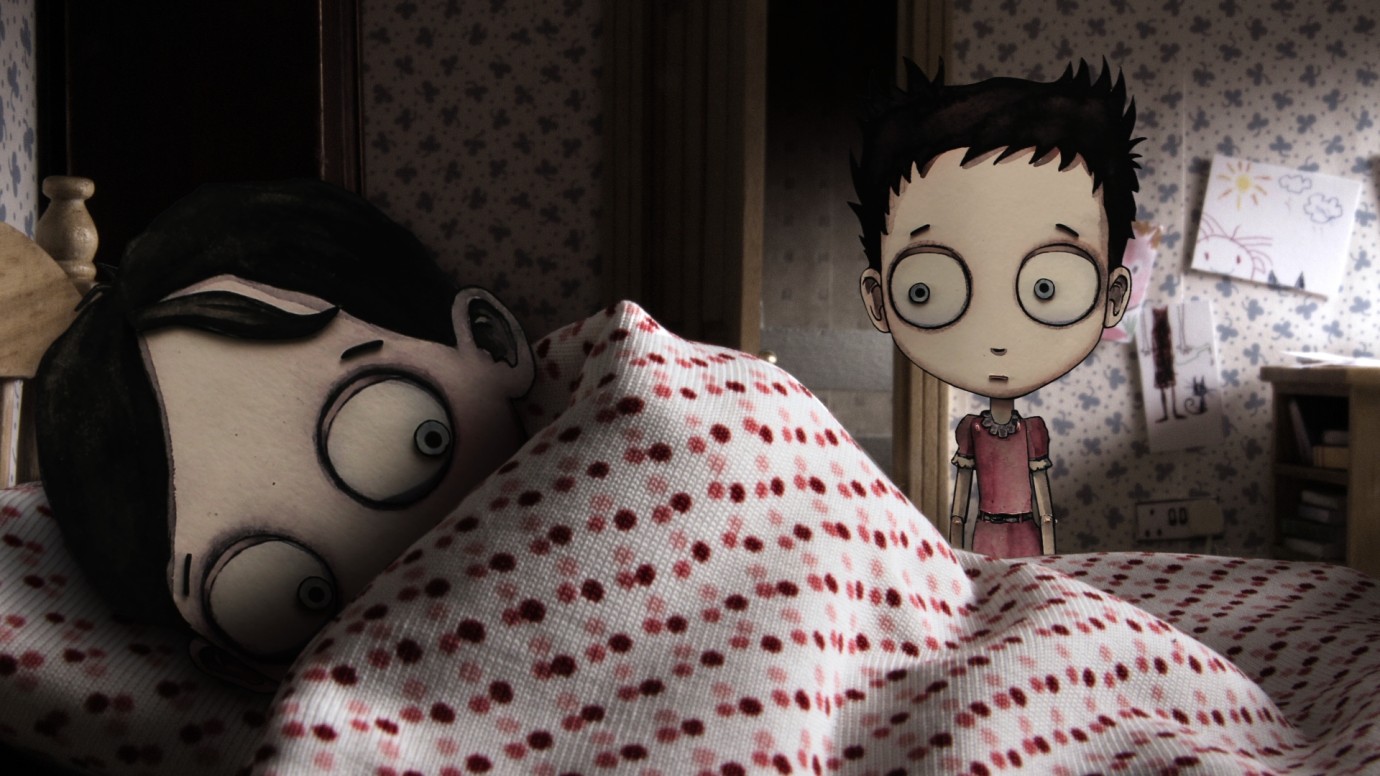
Being Bradford Dillman | Bradford Dillman by Emma Burch
GBR 2011, Generation
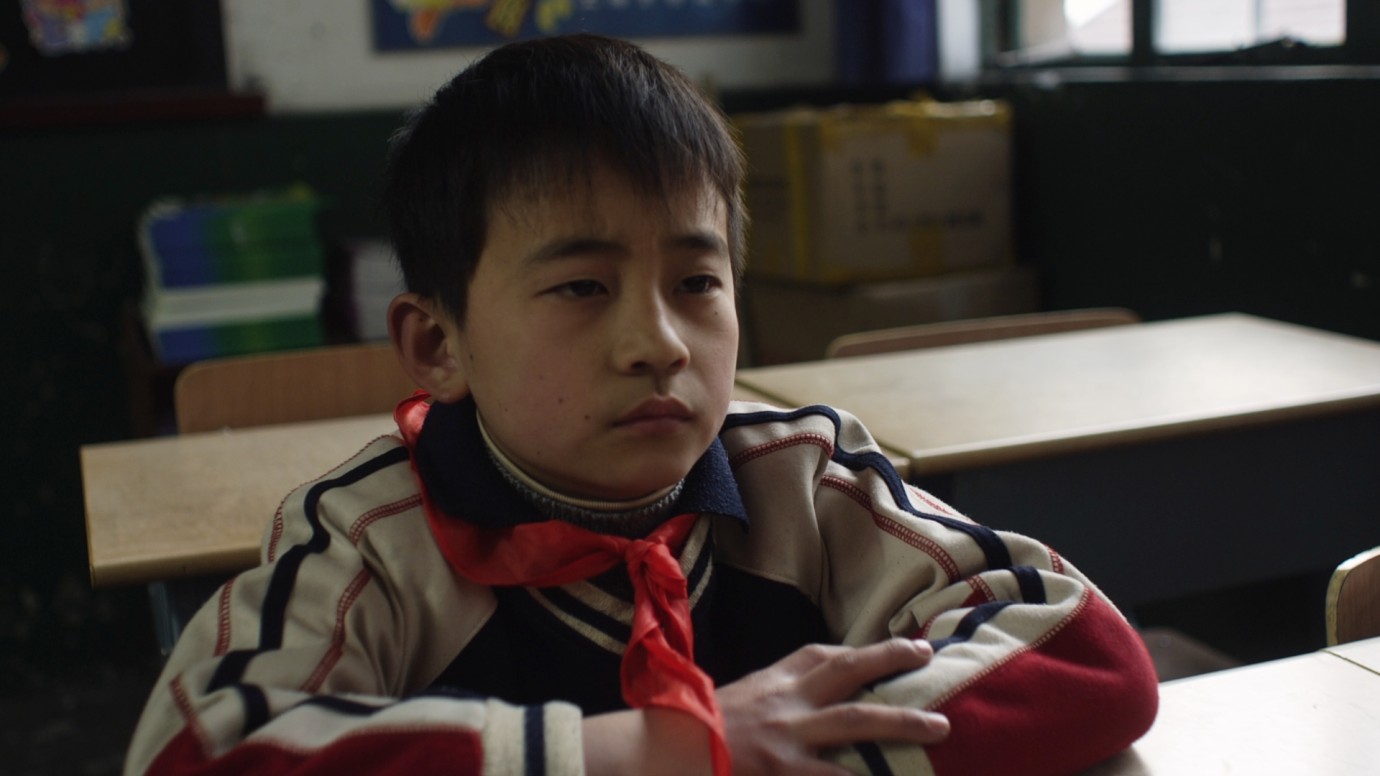
Juntao Yang
Caochang | Schoolyard | Schulhof by Qi Wang
CHN 2011, Generation
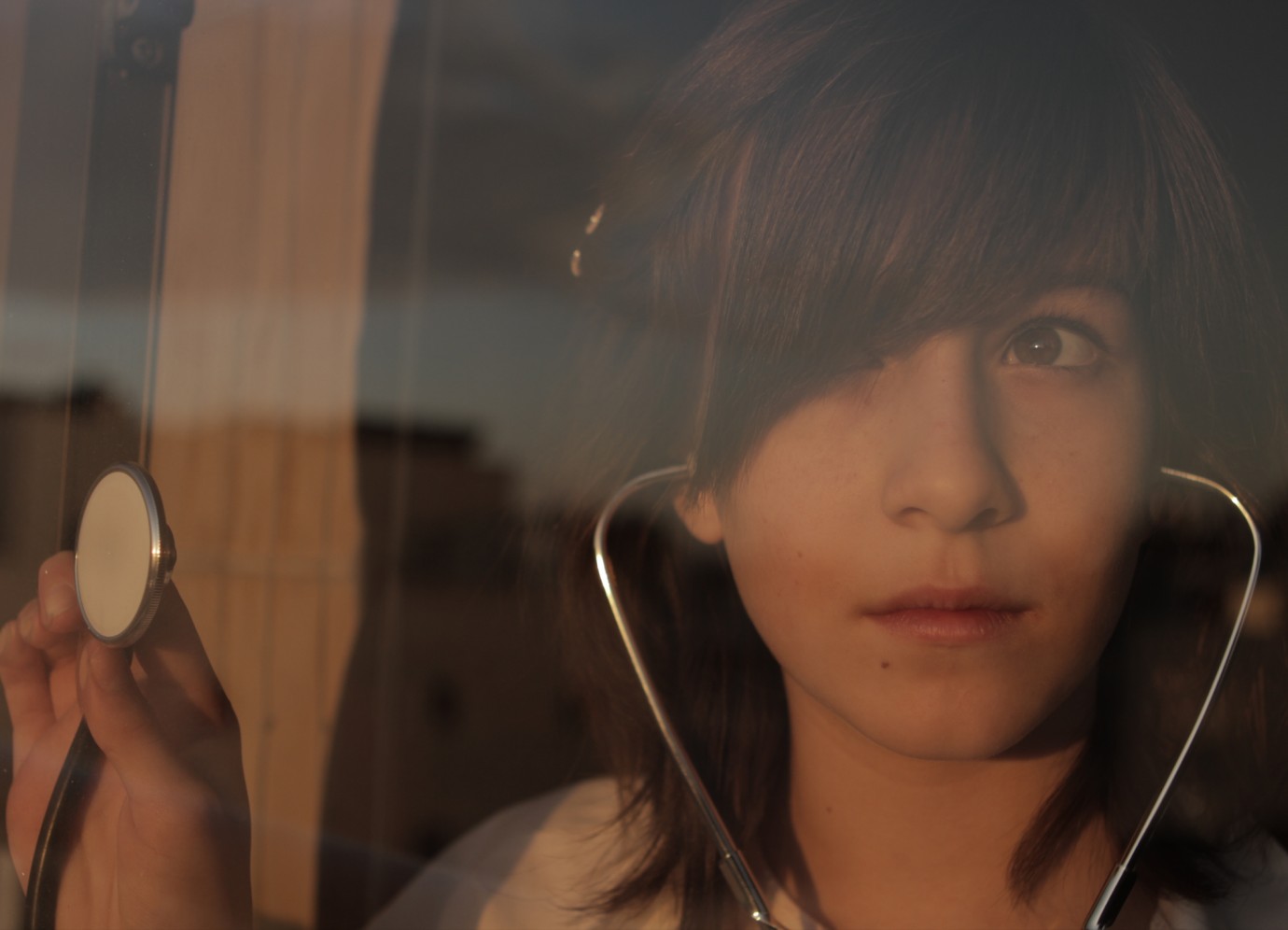
Emma Sechvi Von Schwarze
Layla Bahir | Bright Night | Helle Nacht by Li at Glik
ISR 2011, Generation
Looking at this year’s programme one is struck by how many films deal with some form of escape – sometimes out of need, sometimes out of strong yearning.
Maryanne Redpath: That’s true. You see breaking out, breaking away in many of our films. Many of the young protagonists follow their dreams, they are fleeing a structure – social, cultural or political – in which they feel trapped. In the 14plus opening film Electrick Children directed by Rebecca Thomas, the straight jacket is religion. The main character has been raised Mormon, very strict, very chaste. At age 15, she believes she has gotten pregnant by listening to a forbidden song. She breaks out of her family enclave and heads for Las Vegas. There, she gets together with a punk band, young people for whom music, drugs and sex are part of daily life. The girl encounters this scene with all her naiveté and faith and manages surprisingly well. She possesses an inner calm and at the same time is on a quest for herself. Step by step, she gets closer to what lies beyond the boundaries of her upbringing.
How is Las Vegas depicted?
MR: It’s loud, garish, commercial, the exact opposite of the place she comes from, where there are no music or neon lights.
Florian Weghorn: Her first association with Las Vegas is a biblical phrase: “In the beginning was the word”. She perceives the city from the perspective of a believer. She sees forests of neon signs full of words. Two worlds intersect and commonalties emerge.
MR: It is an entertaining film. It carries you along. The main character is a bearer of hope. She’s shown in a very positive light with all her problems that are perceived as challenges. She copes with the situation, undergoes a change and determines the course of her own life.
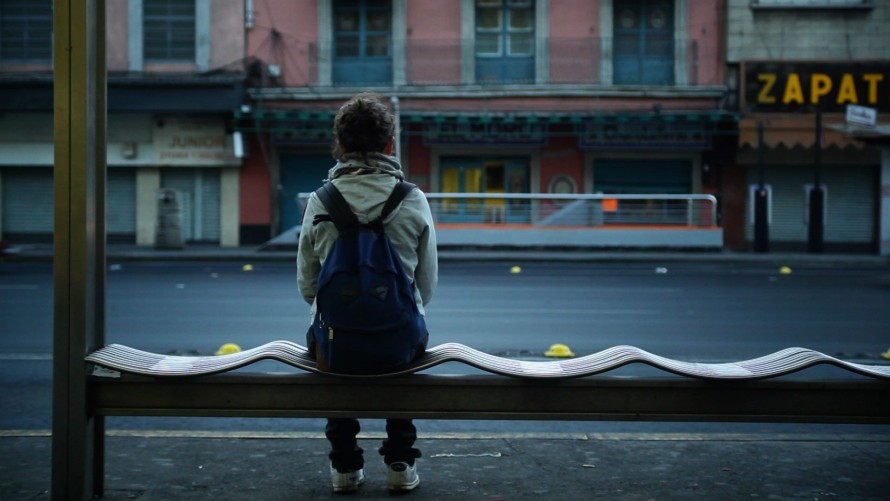
Un mundo secreto (A Secret World) by Gabriel Mariño
The protagonists embark on a journey?
FW: Yes, in both their inner and outer lives. It’s no wonder that the road movie is such a popular cinematic format in our section. In Un mundo secreto (A Secret World), Gabriel Mariño brings the girls together with the viewer on a trip through Mexico. She’s running away from things that she wants to leave behind, but she also has her eyes on a very clear, secret goal. In the beginning she is totally turned in on herself, a quiet girl, auto aggressive to the point of abuse. She can only express tender emotions in her diary. It’s only on her trip that she learns how to give an inner desire an external shape and to articulate it to other people. Coming of age stories can describe the path the characters take to find themselves, but also the process that the viewer experiences together with the character.
New beginnings of destroyed cultures
Many characters in the films seem as if they were from a different time, or as if they moved between different epochs. Like in Maori Boy Genius...
MR: Issues surrounding the culture of the Maori are very current, even if the culture itself is very old. The film portrays a young man who uses the strength of this ancient culture in his own life. In this sense, the film is similar to Nosilatiaj. La Belleza (Beauty) by Daniela Seggiaro in 14plus. In both films we see protagonists who live in indigenous cultures that have nearly been wiped out by colonialism. Today, once again, there are young people who care about these old cultures, and who are searching for their roots in order to strengthen their identity and guard their heritage.
In the case of Maori Boy Genius (14plus) the now 17 year-old boy was as a baby selected by the tribal elders to be the leader in the struggle for rights. Pietra Brettkelly’s documentary shows us his childhood – his first language is Maori, he starts learning English at four – and his path to Yale, where he wants to study law, ethics and politics. He unites two worlds, his original culture and the Western world. He is convinced that this encounter will result in change. He is therefore a great role model and it will be really interesting for our Berlin audience to see how a highly talented 17-year-old is being treated like the next prime minister of New Zealand.
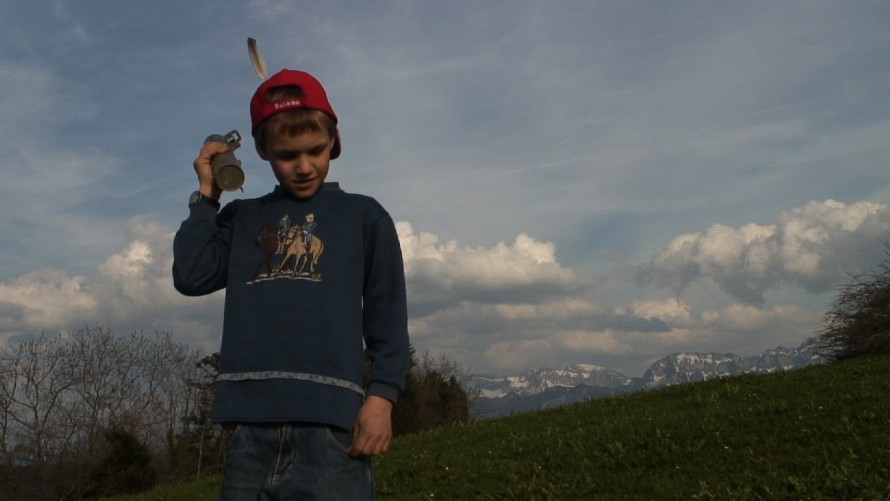
Die Kinder vom Napf (The Children from the Napf) by Alice Schmid
Die Kinder vom Napf (The Children from the Napf), the Kplus opening film, depicts a very isolated culture, doesn’t it?
FW: Yes, the director calls the region around the Napf the “Wild West” of Lucerne. Her documentary portrays 50 children growing up on mountain farms. She follows them on their way to school, which they can only reach with a cable car. A gentle undertone of the film is the question of whether this isolated existence has a future. What is it like to live with the knowledge that your home can offer you a wonderful, in its own way, exotic childhood idyll, but cannot be the place that you can live for your whole life? Early in the film, the children ask: What can we do to make the village more known in the world? In its own way, the film is an answer to that question.

Magi i Luften (Love Is In The Air) by Simon Staho
The discovery of sexuality
A further theme in this year’s programme seems to be sexuality...
FW: Yes, but that’s not unusual. The discovery of one’s own sexuality is a central part of growing up. The films in the programme don’t scandalize or dramatize anything. In the aforementioned Un mundo secreto, sexual emancipation is a crucial moment in the protagonist’s self-realization. In order to assert herself, she has to find her own way of dealing with sexuality. Joven & Alocada (Young & Wild) by the Chilean filmmaker Marialy Rivas (14plus) introduces us to a character who uses sexuality as a weapon to free herself from her strict, evangelical family. Beyond this conflict, she develops an imaginative, inquiring way of bringing totally different generations together.
MR: Young people want to experiment, test their boundaries, and that’s a passionate, hormone-driven learning process. The sexual always is a sign to society, religion, the strictness of one’s upbringing, the parents: I rebel, cross the boundaries of what is allowed. And some films are as hormone-driven as the characters themselves, like the musical Magi I luften (Love is in the Air).
FW: Exactly, Magi I Luften by Simon Staho in 14plus, is a touch too loud, too colourful and too extreme. As a film that is so young in formal terms, it might tread a little too close for comfort in the eyes of some adults – that’s its truly special quality!
MR: Cultures treat sexuality very differently. The Turkish film Lal Gece (Night of Silence) in 14plus addresses sexuality in the context of traditional rules and rites. The director Reis Çelik depicts the wedding night of a 14-year-old girl and a much older man. It is a forced marriage, which has been arranged by the fundamentalist community they live in. What is special is that the film not only shows the suffering of the girl, but also the pressure burdening the man. In Lal Gece, sexuality is only suggested and comes across as a threat. The next day, the man must prove that the newlywed couple has slept together and that she was a virgin. The girl uses every means at her disposal to delay the act.
Beyond the quality of the film in question, are there themes or types of representation that you categorically exclude?
MR: Few themes are taboo in the selection process. Basically, we look at the films we like and ask ourselves which age group they are suitable for. Within a competition - Kplus and 14plus - the spectrum is vast and the age recommendations are therefore very specific to the film. For example, we would never confront very young children with the Bolivian film Pacha by Hector Ferreiro (Kplus), because the visual language and the topic are too complex. We ask our viewers to take our recommendations very seriously. This also applies to 14plus – in which this year our age recommendation for two films is 16 for the first time.
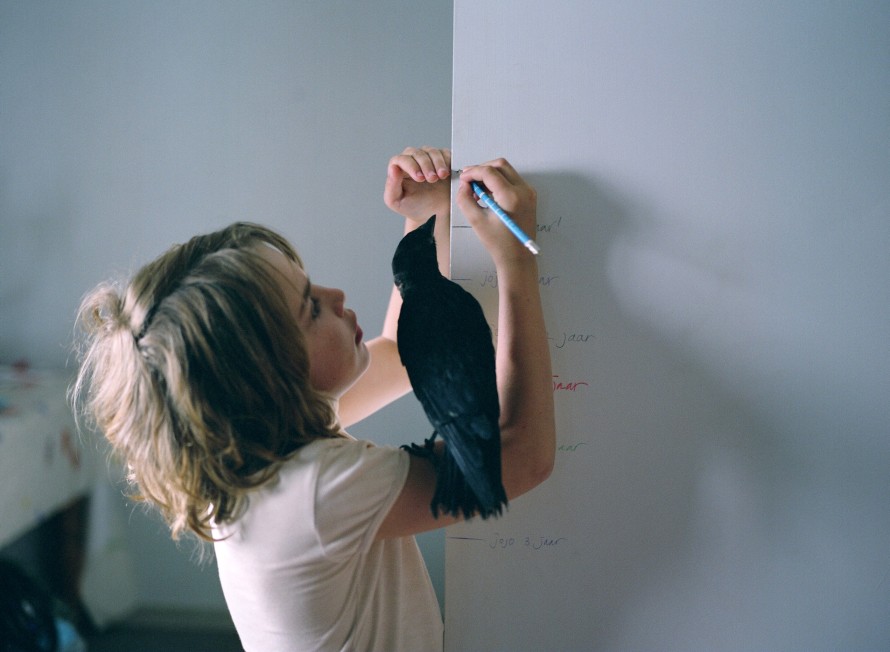
Kauwboy by Boudewijn Koole
“A different kind of happy ending”
Let’s talk about the family again. Many of this year’s films seem to be distinguished by the absence of one parent.
MR: Thankfully, the desire for the untainted world of the family and a happy ending is especially strong among younger children. If things look like they are going to end badly, the young characters in the film must take action.
FW: Rommel Tolentino’s Nono, a Filipino film in Kplus, depicts various characters who come together in a patchwork family. If a family member is missing, there is an intense desire to fill this empty role.
MR: “Family” in the broader sense of the word also means the place where one feels at home. This has to do with one’s beliefs, with one’s origins. It relates to places of retreat, in which one feels secure. The classic family model is just one of many. The young protagonists search for suitable alternatives and the viewers also articulate this interest in the audience discussions.
FW: A different kind of happy ending is also possible. A positive ending doesn’t necessarily mean the reestablishment of conventional or seemingly harmonious models, but can mean simply learning how to cope with a difficult situation. In Kauwboy by Boudewijn Koole the mother is missing from a family and the story shows the process of coping between son and father. Both mourn in their own personal way. By the end the mother hasn’t returned, but father and son have found their common way to cope with her absence. That’s also a happy ending.
2012 is the section’s 35th birthday. Have you planned a little celebration?
MR: It’s a nice age, which is linked to so many experiences and stories. We’re relaxed about it. We haven’t planned any celebrations and will just keep looking ahead. But if someone wants to bake us a cake, that would be great!